

Sign up for 63Stravel VIP membership to enjoy special offers.
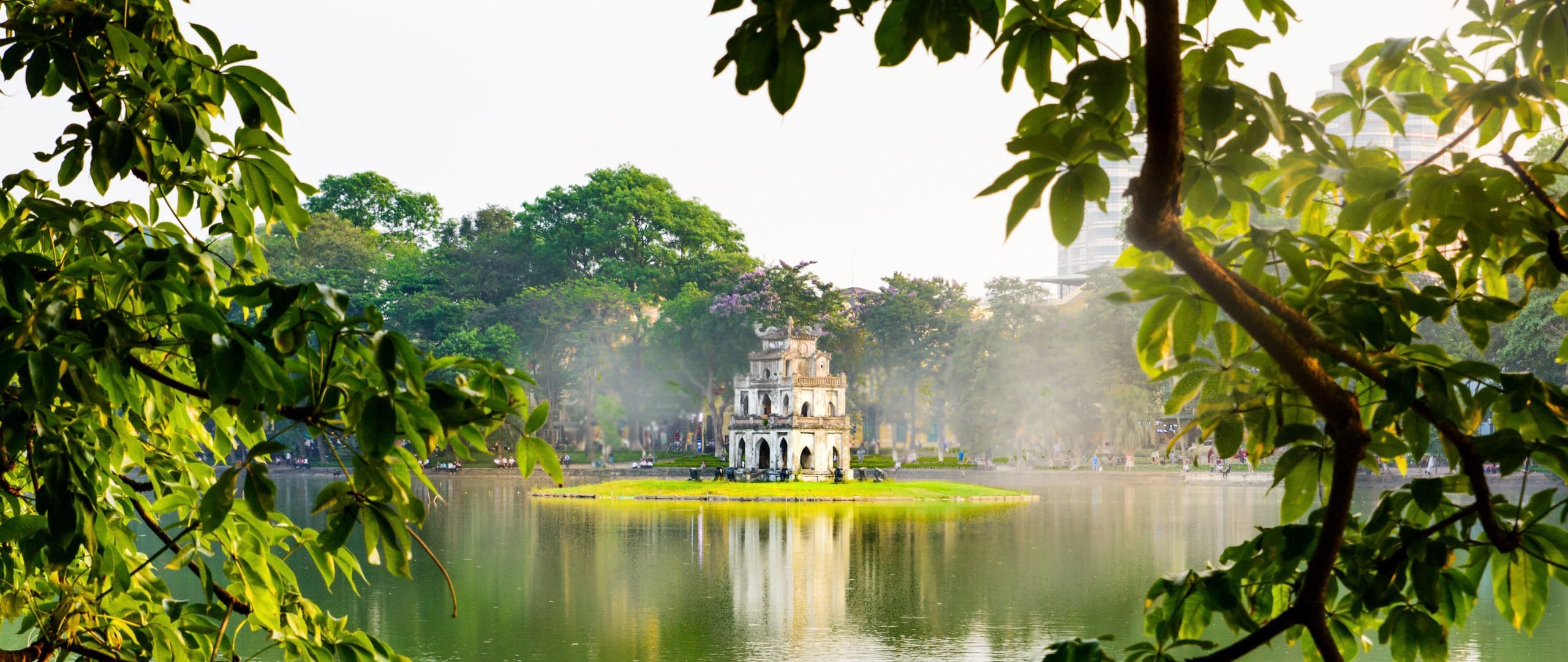 Hanoi (6)
Hanoi (6)
 Lao Cai (1)
Lao Cai (1)
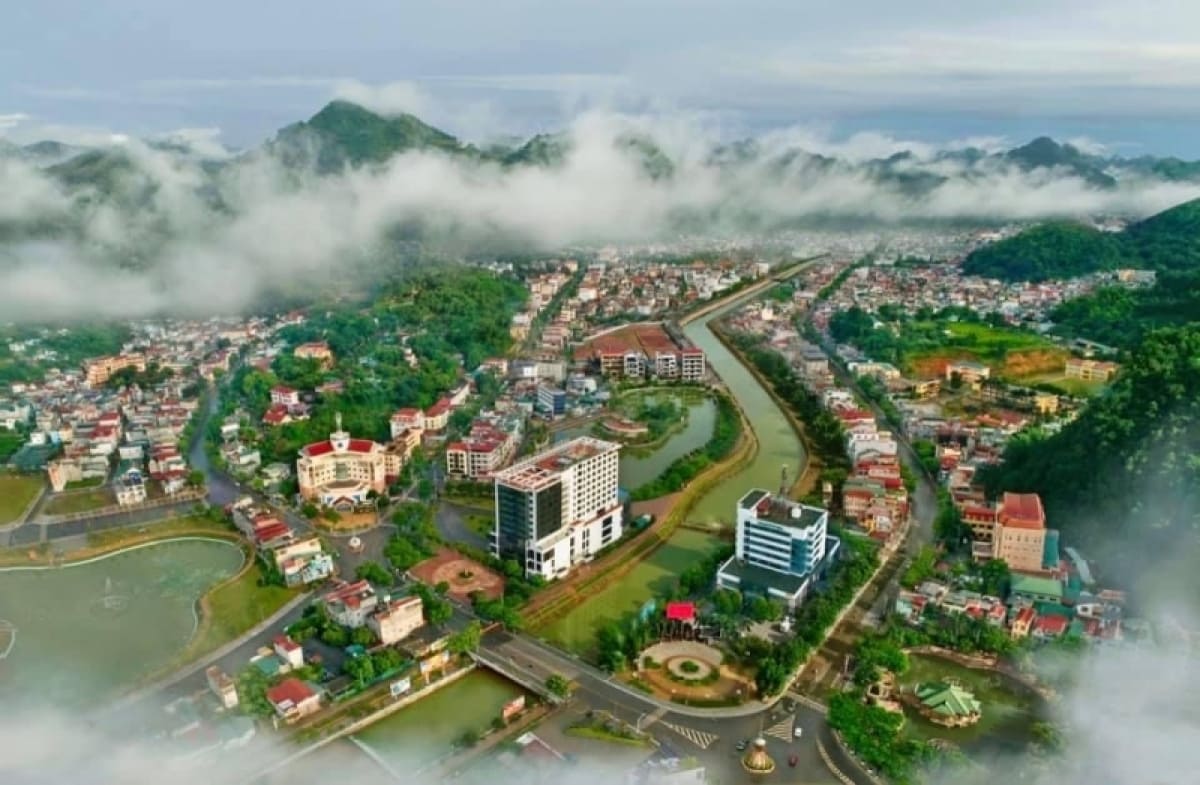 Son La (2)
Son La (2)
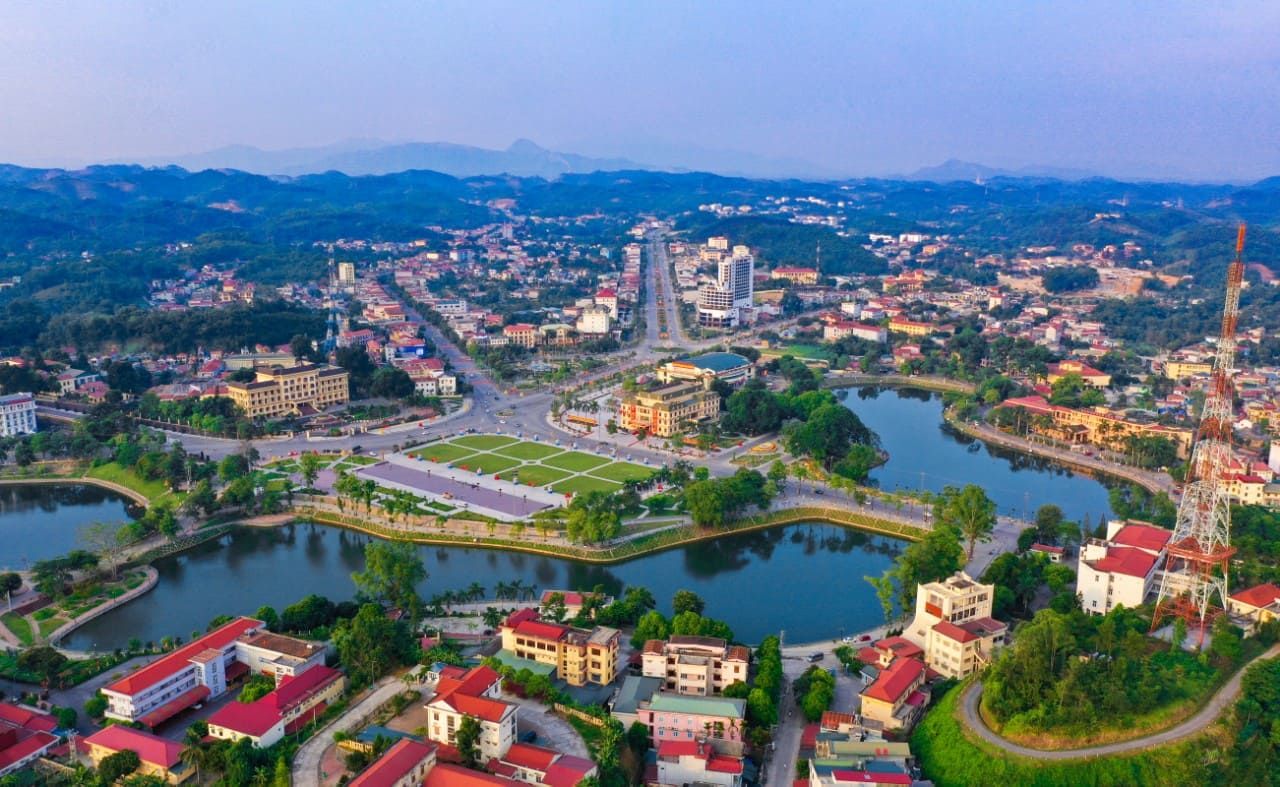 Yen Bai (1)
Yen Bai (1)
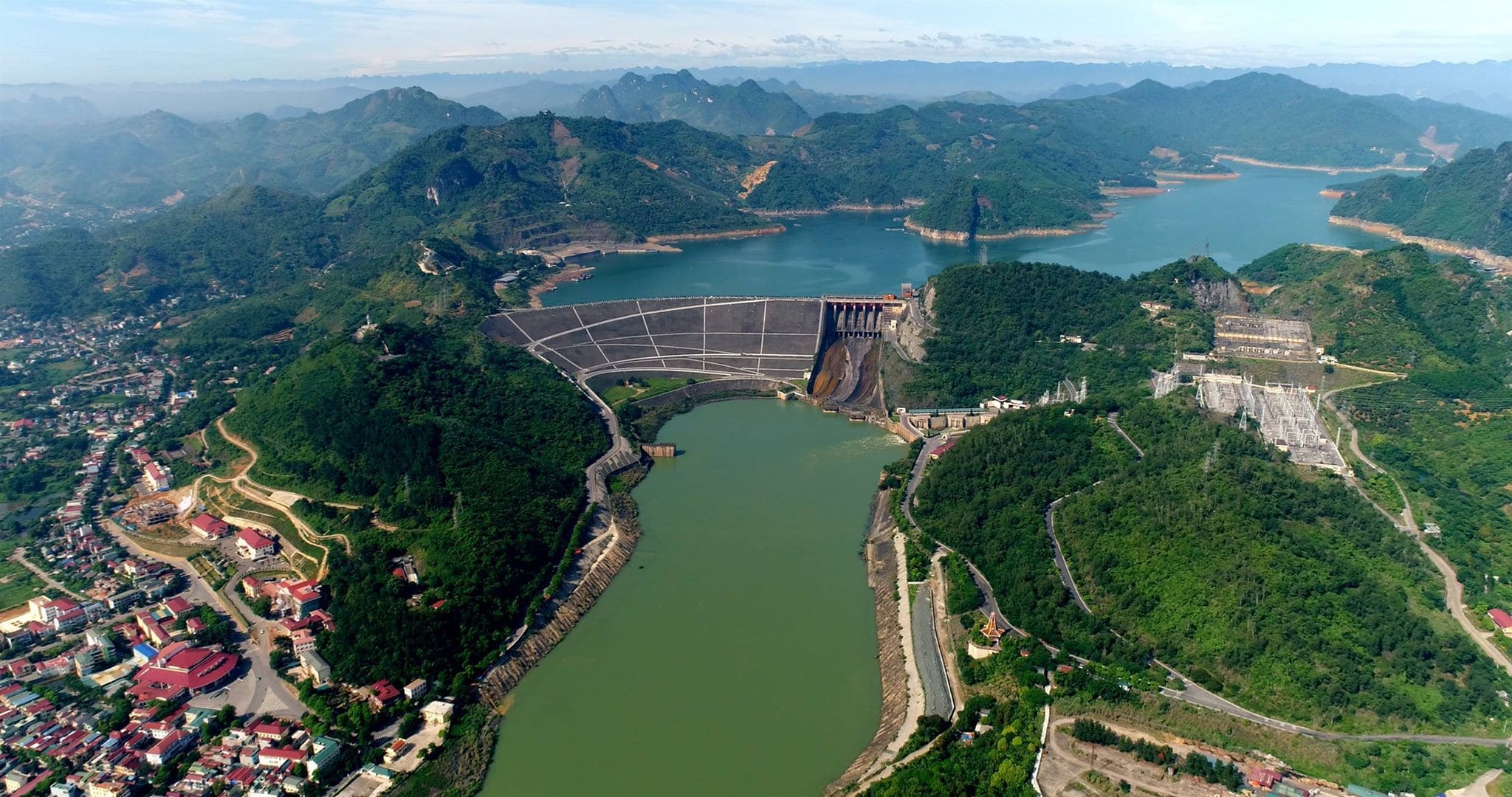 Hoa Binh (1)
Hoa Binh (1)
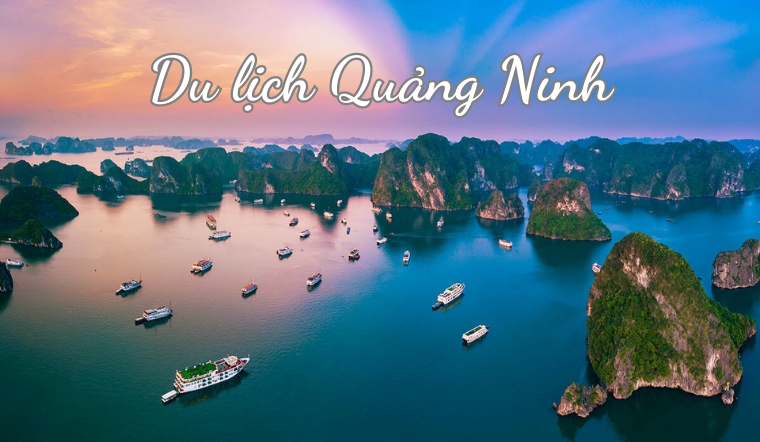 Quang Ninh (18)
Quang Ninh (18)
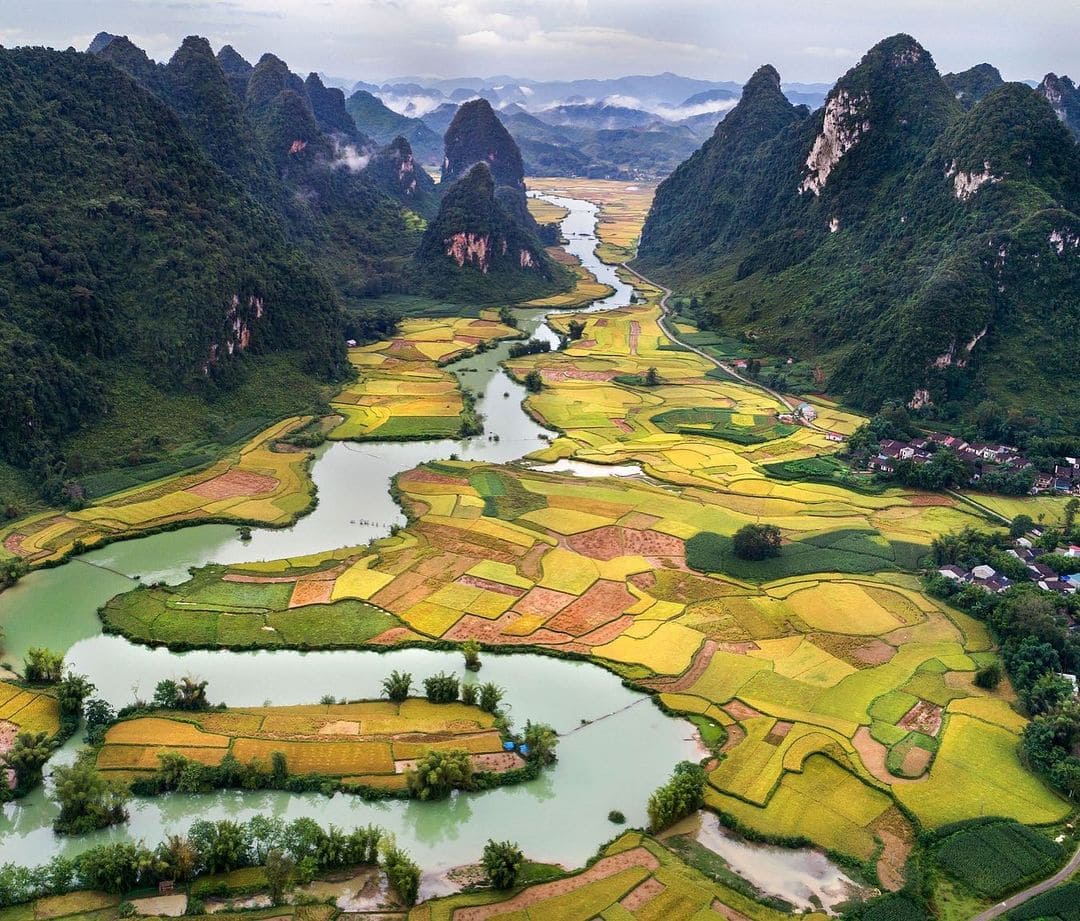 Ninh Binh (1)
Ninh Binh (1)
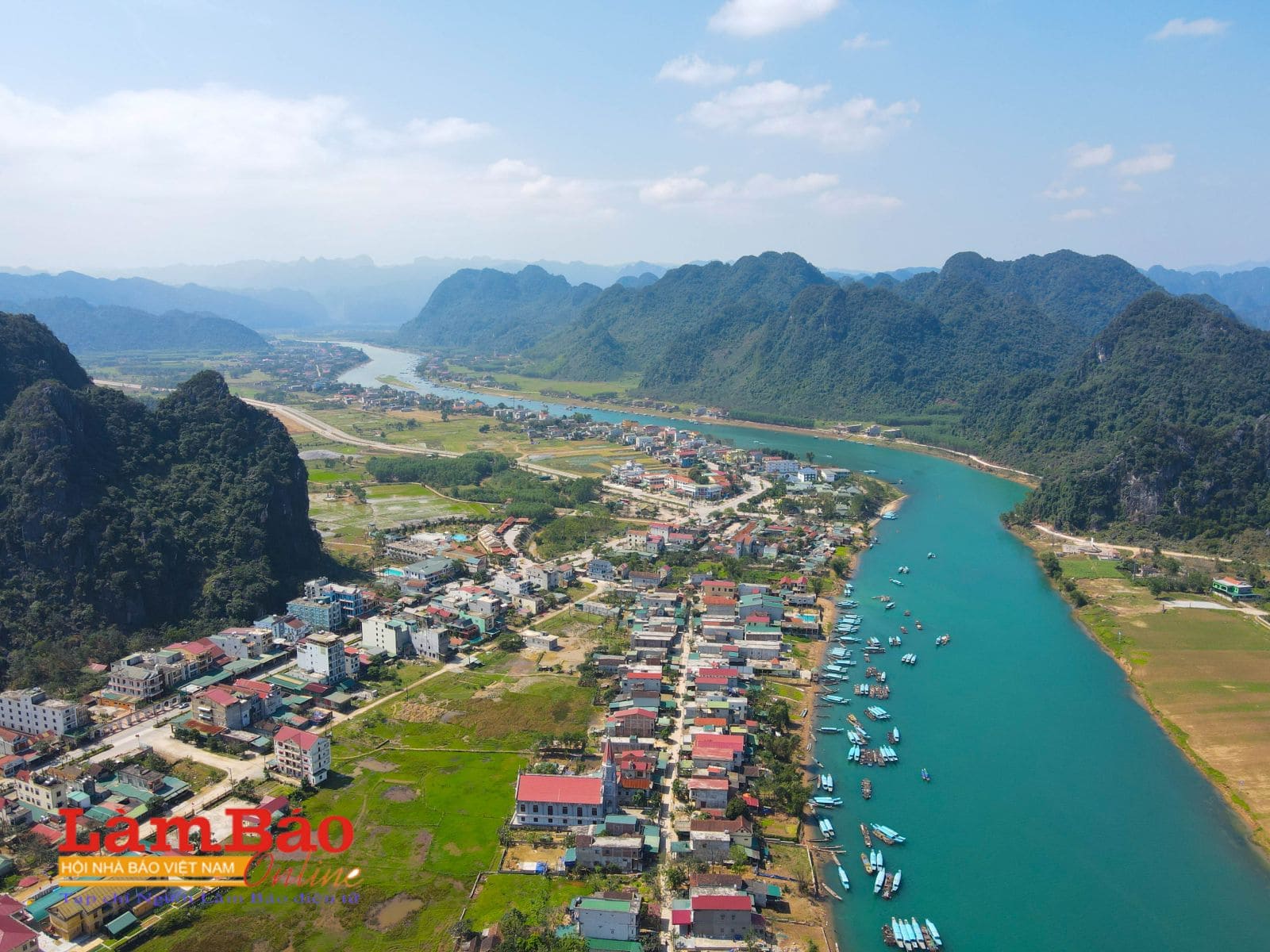 Quang Binh (2)
Quang Binh (2)
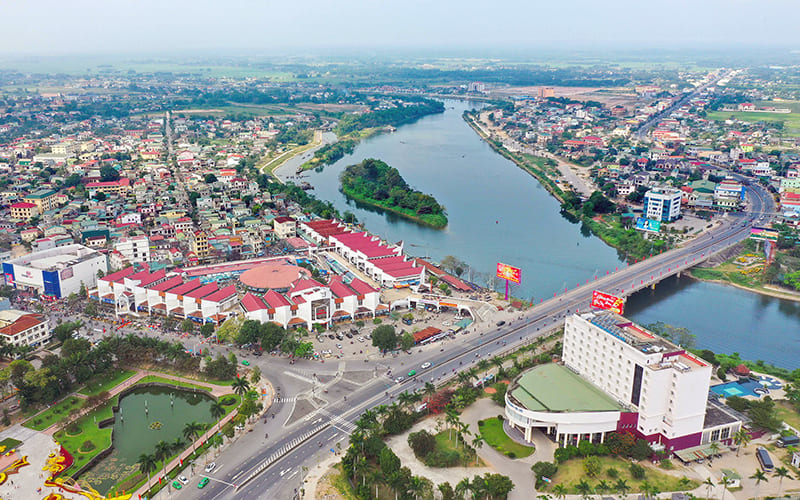 Quang Tri (1)
Quang Tri (1)
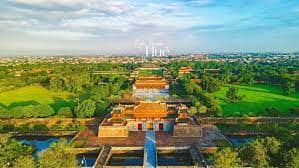 Hue (17)
Hue (17)
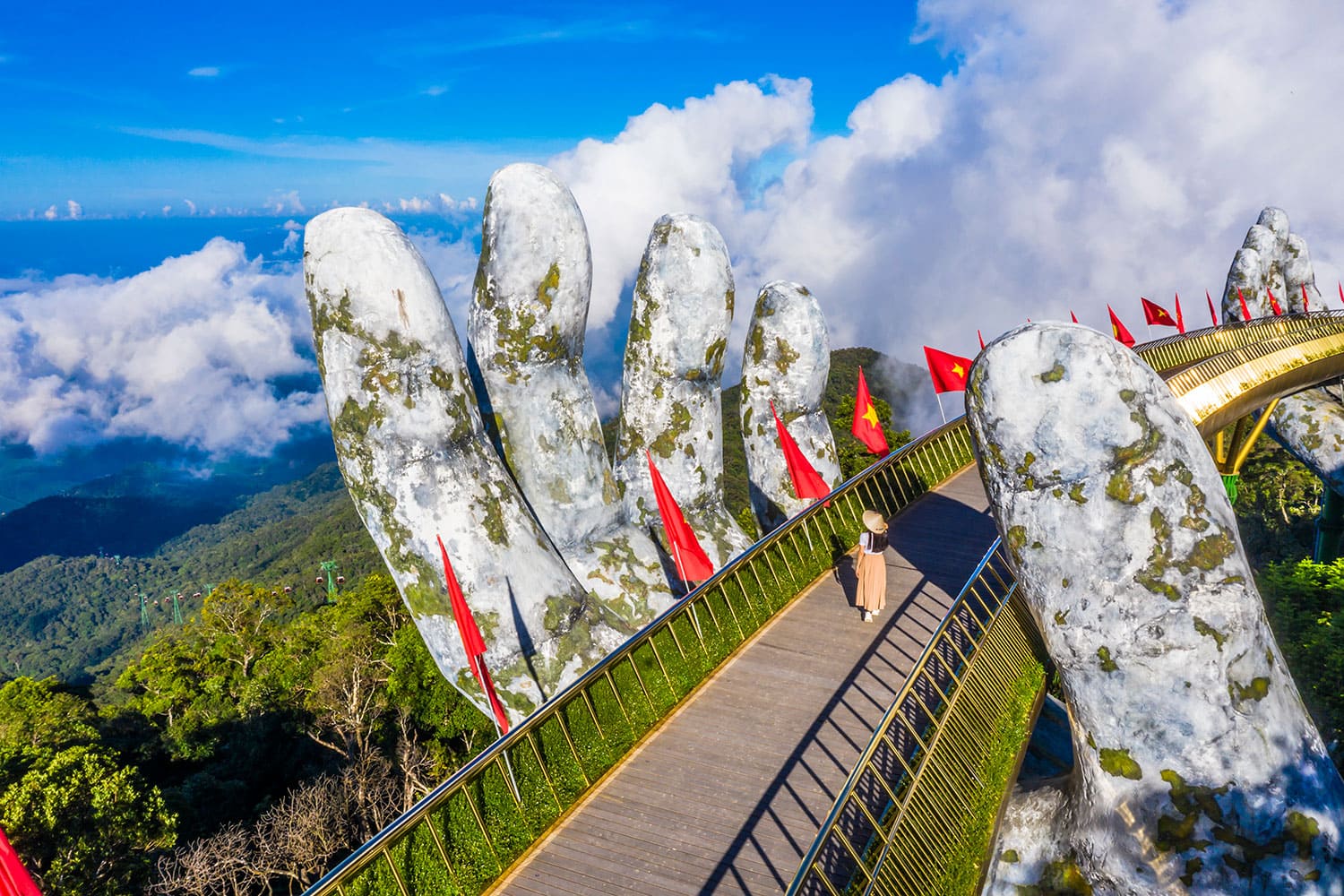 Da Nang (24)
Da Nang (24)
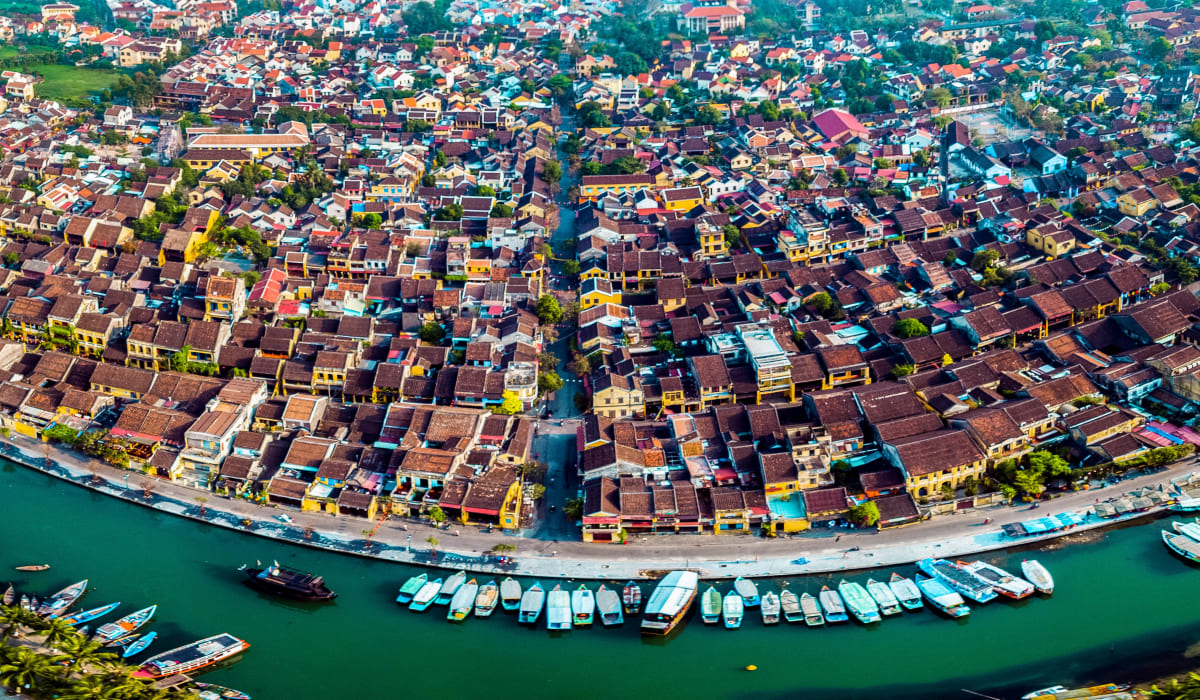 Quang Nam (16)
Quang Nam (16)
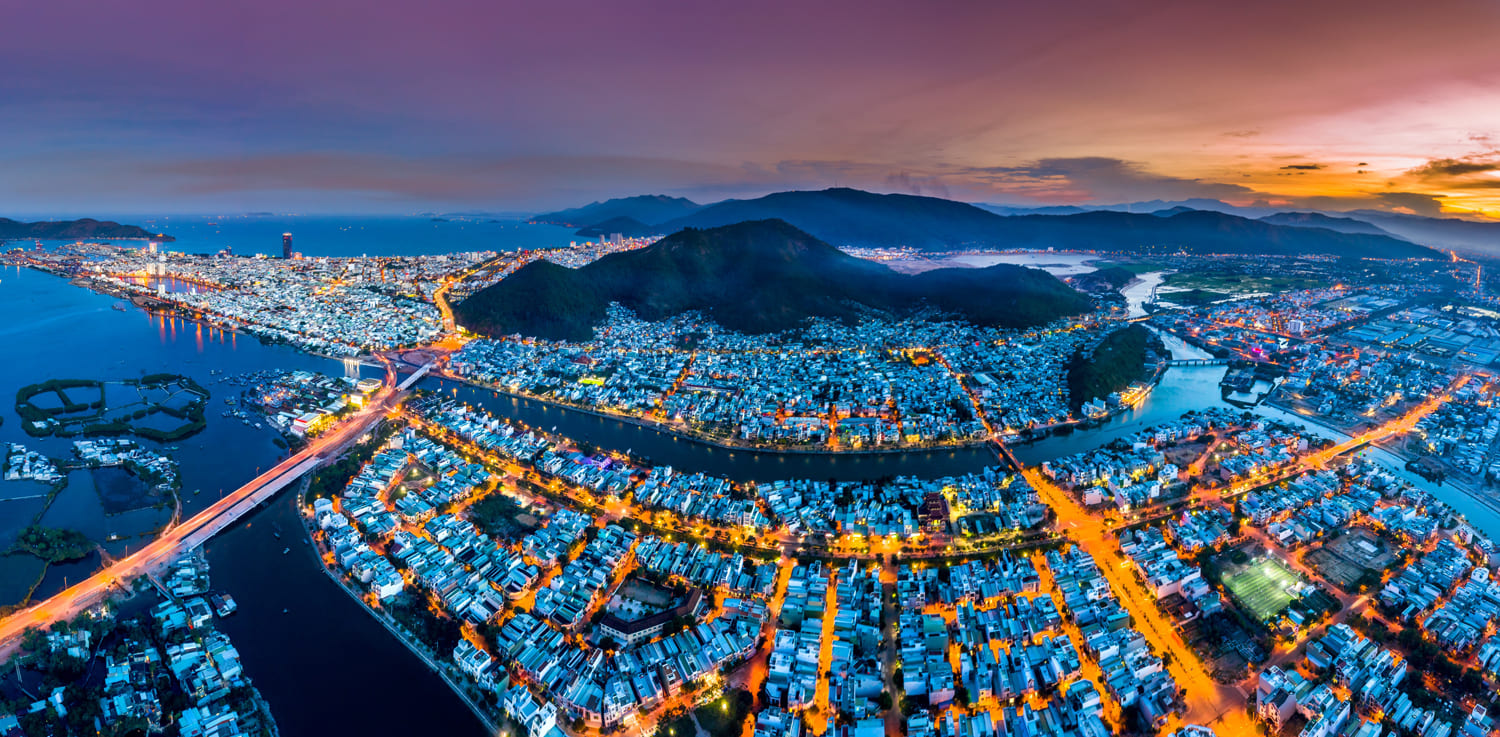 Binh Dinh (1)
Binh Dinh (1)
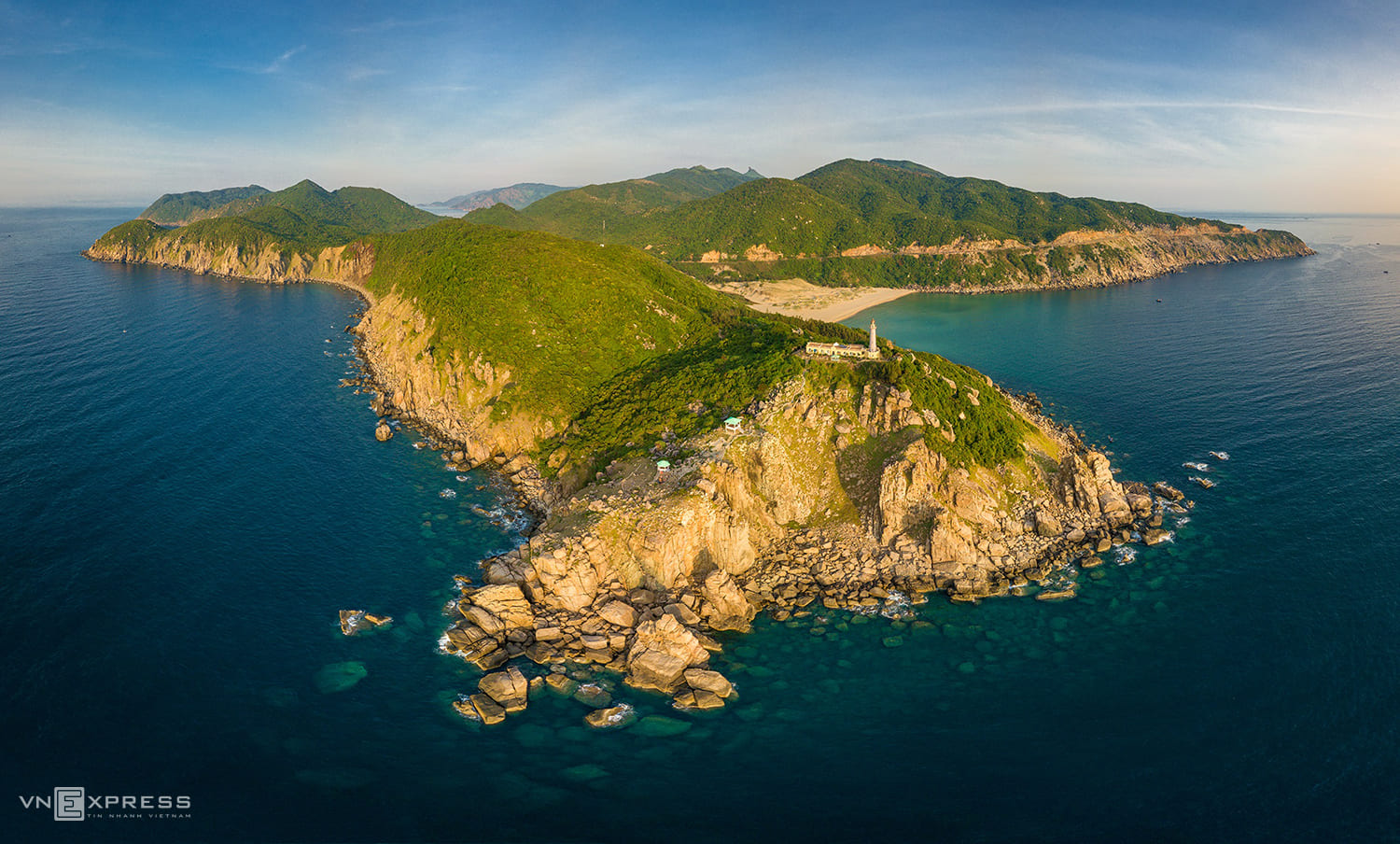 Phu Yen (1)
Phu Yen (1)
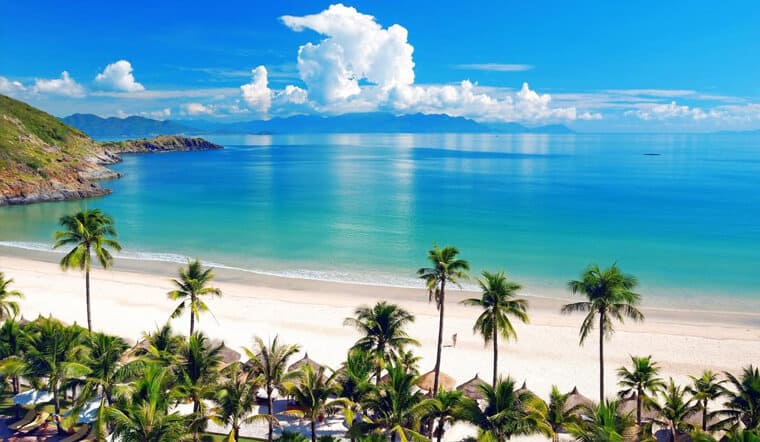 Khanh Hoa (12)
Khanh Hoa (12)
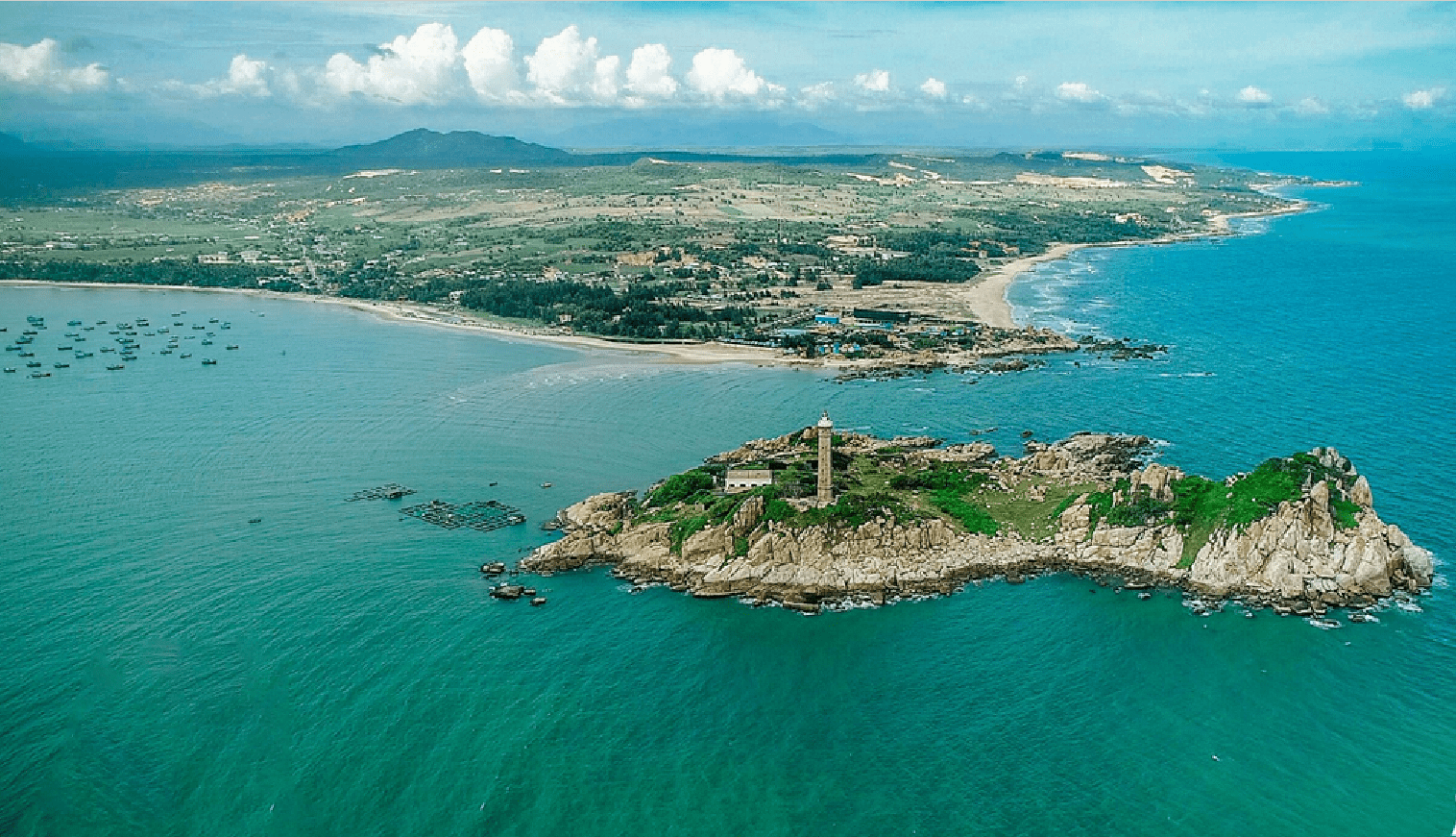 Binh Thuan (1)
Binh Thuan (1)
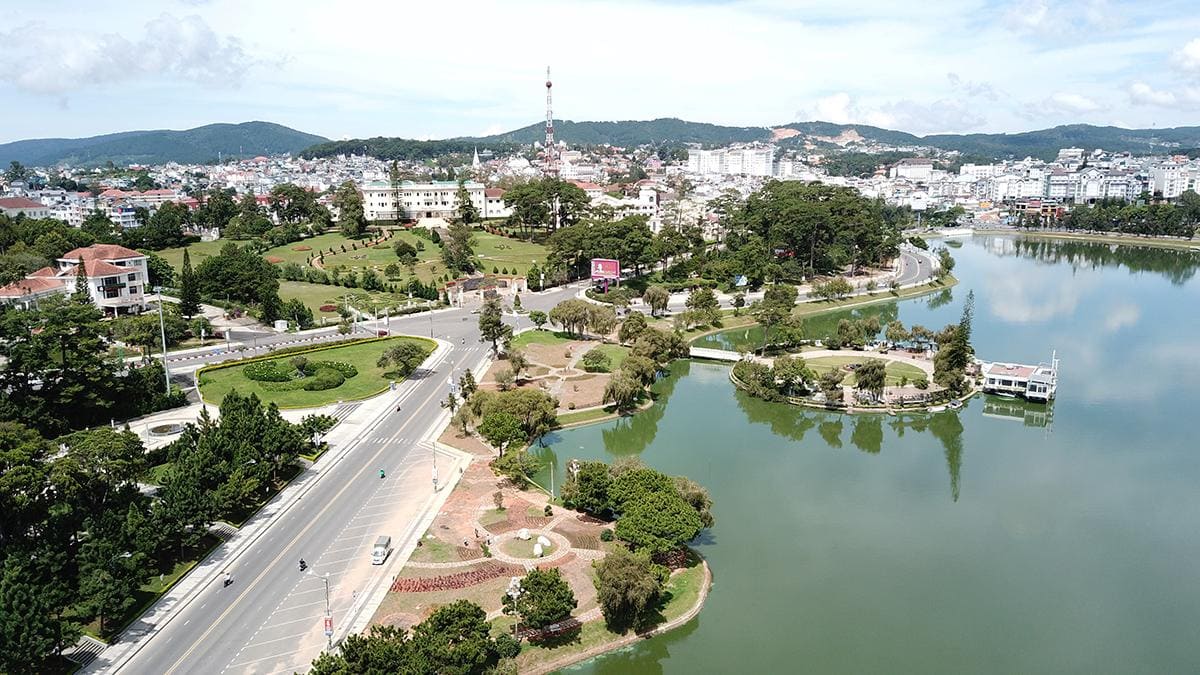 Lam Dong (7)
Lam Dong (7)
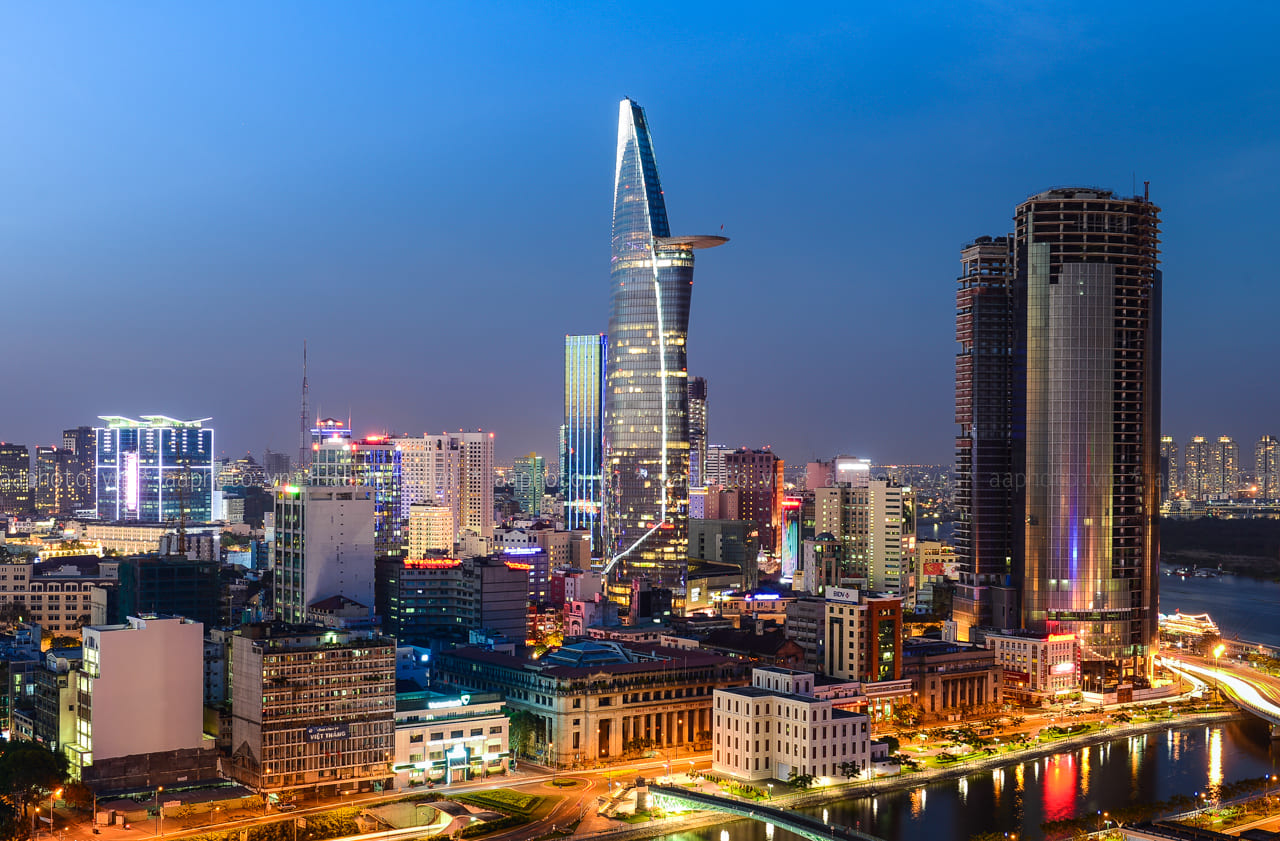 Ho Chi Minh City (3)
Ho Chi Minh City (3)
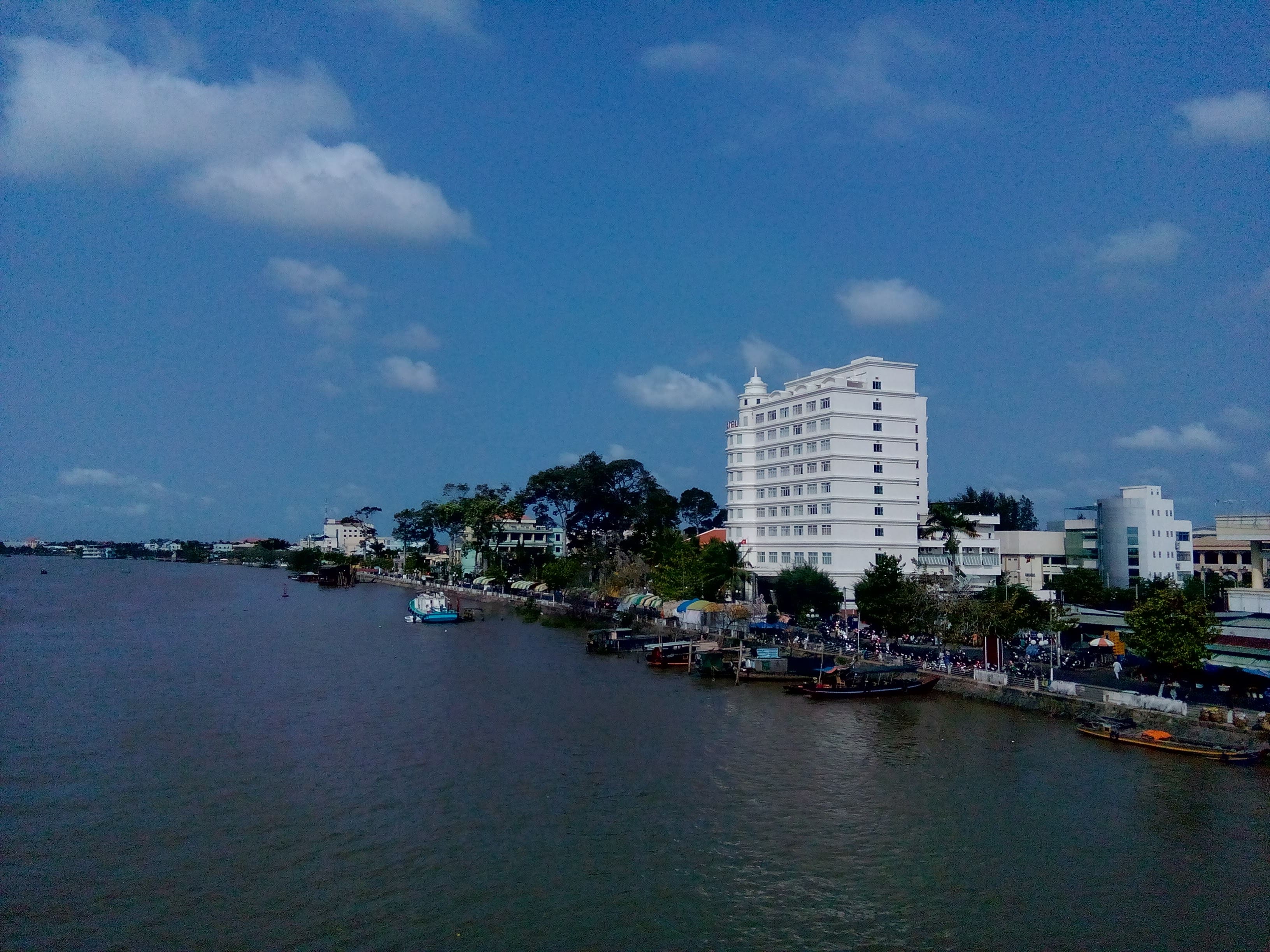 Ben tre (3)
Ben tre (3)
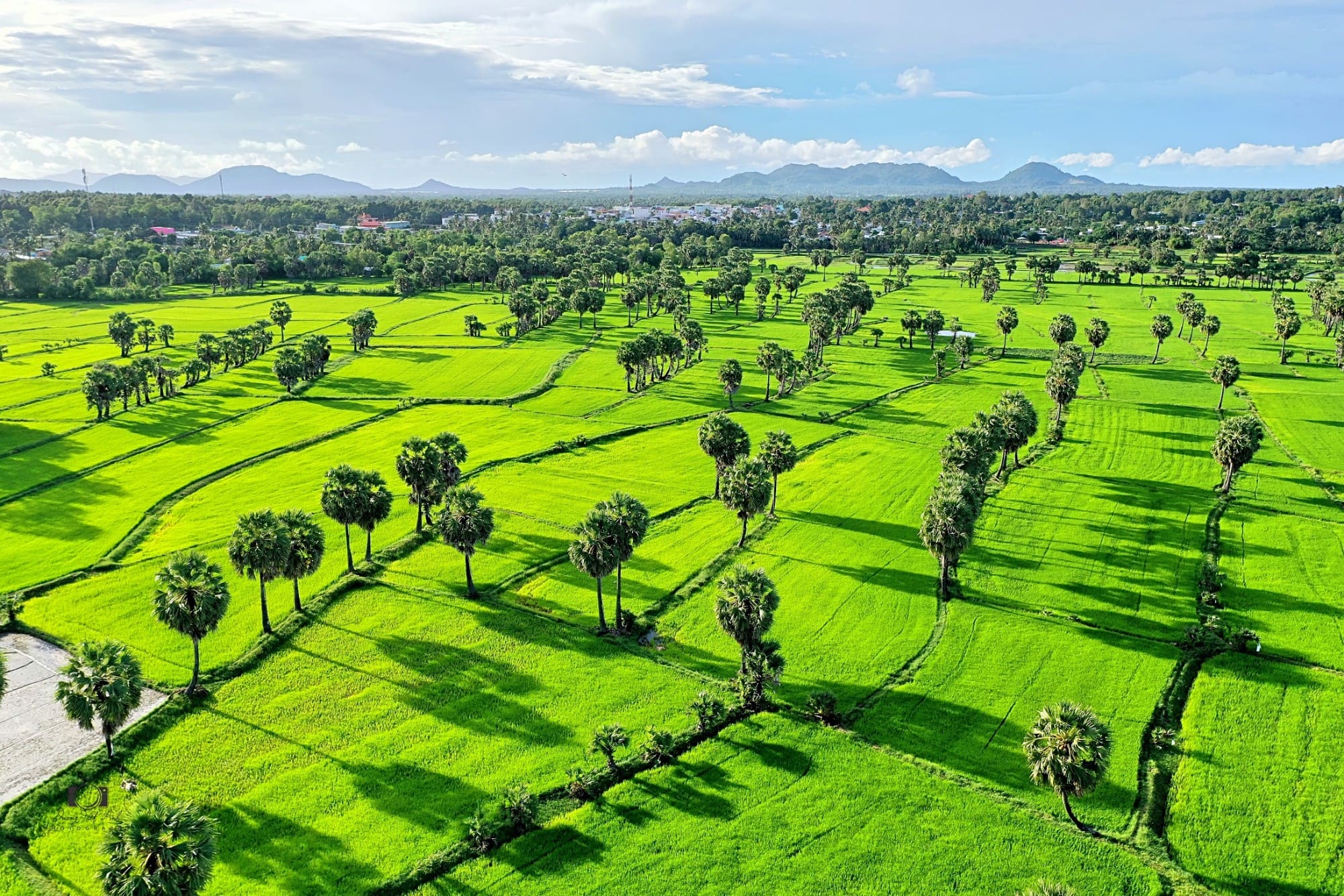 An Giang (1)
An Giang (1)
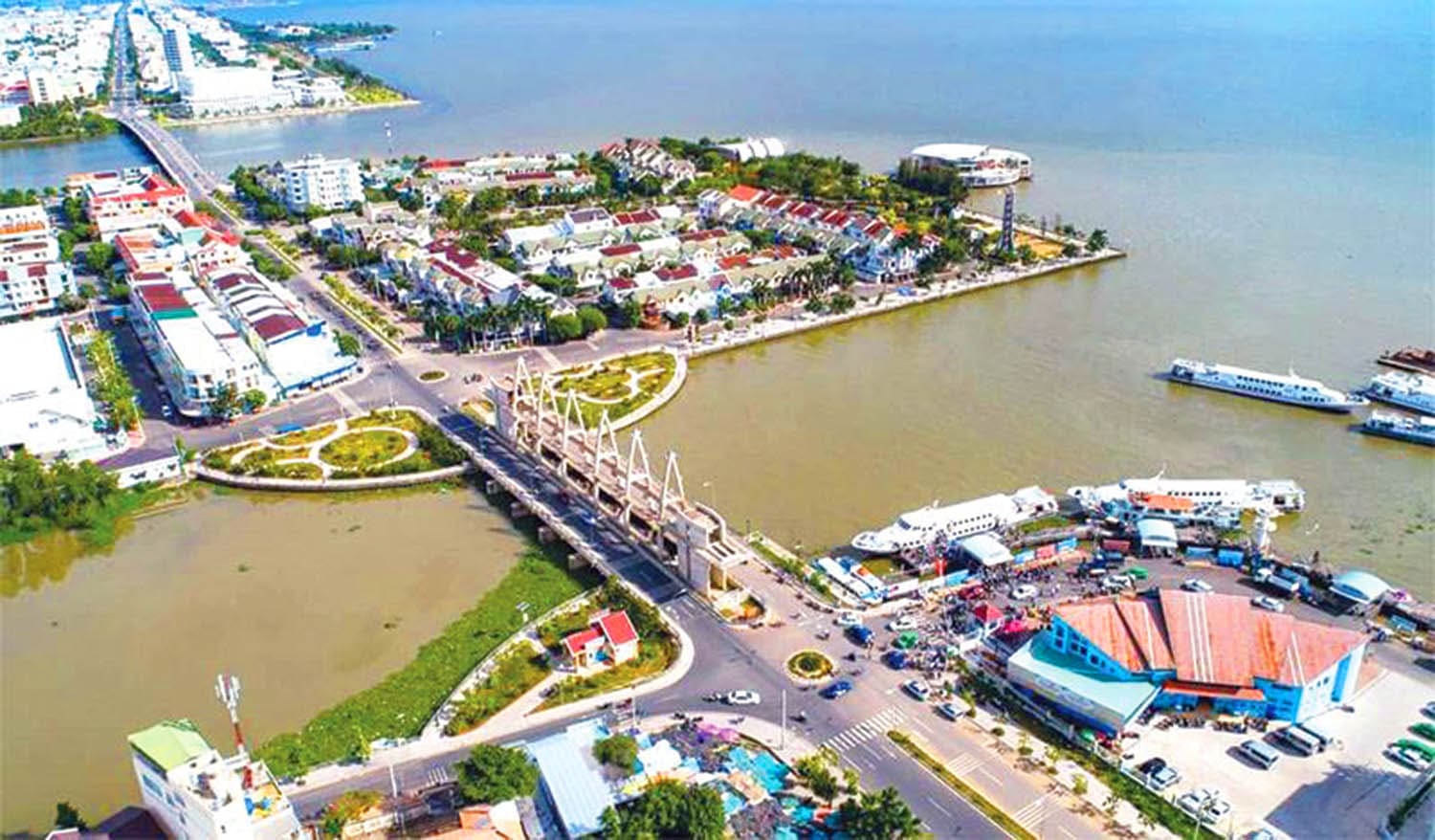 Kien Giang (4)
Kien Giang (4)
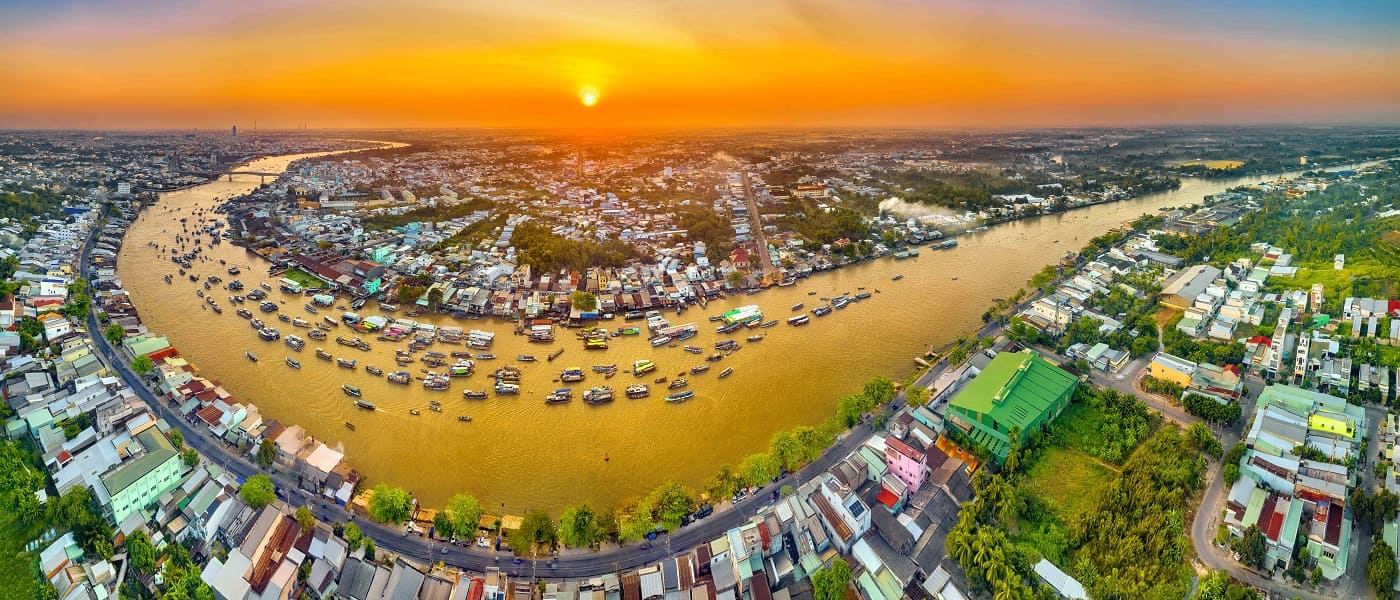 Can Tho (3)
Can Tho (3)
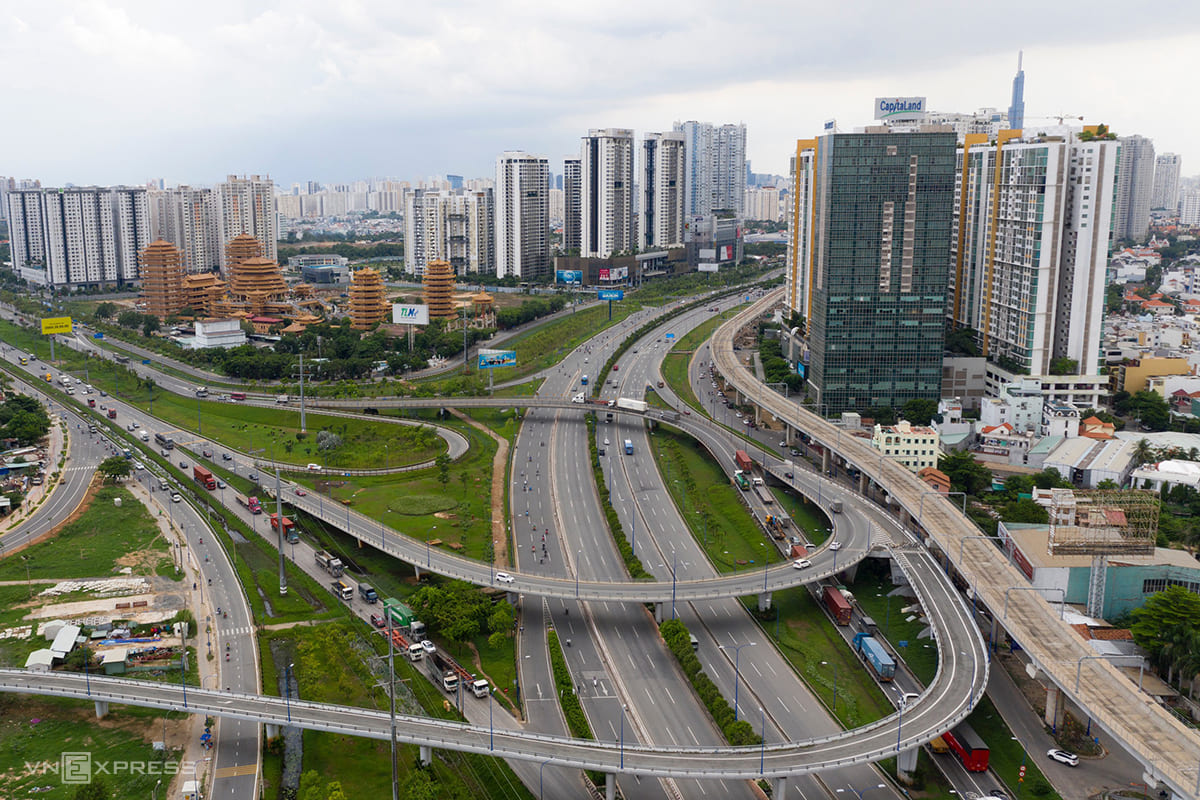 Foreign (3)
Foreign (3)
Khem Beach, An Thoi, Phu Quoc, Kien Giang, Vietnam
Tourism Association Kien Giang Confirmed
Evaluate 5 () See map
Just words : Contact
Discount % member : 63Stravel Vip
Final price to pay : Contact
5.0 (1 Evaluate)
See all
Resort
Tourism Association Kien Giang Confirmed
Khem Beach, An Thoi, Phu Quoc, Kien Giang, Vietnam
Just words : Contact
Discount % member : 63Stravel Vip
Final price to pay : Contact
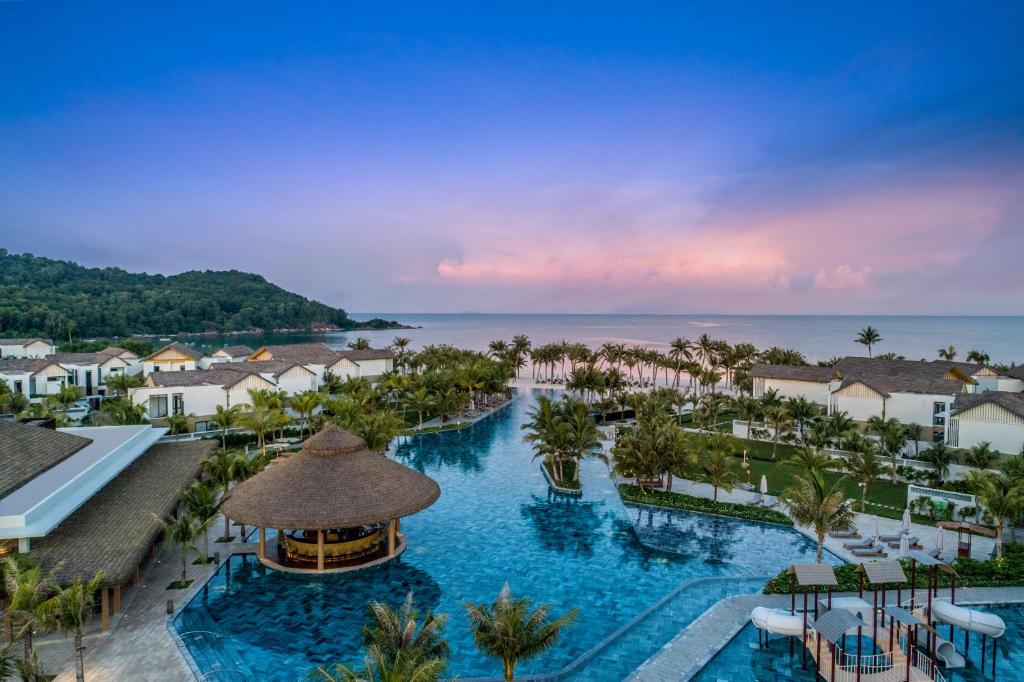
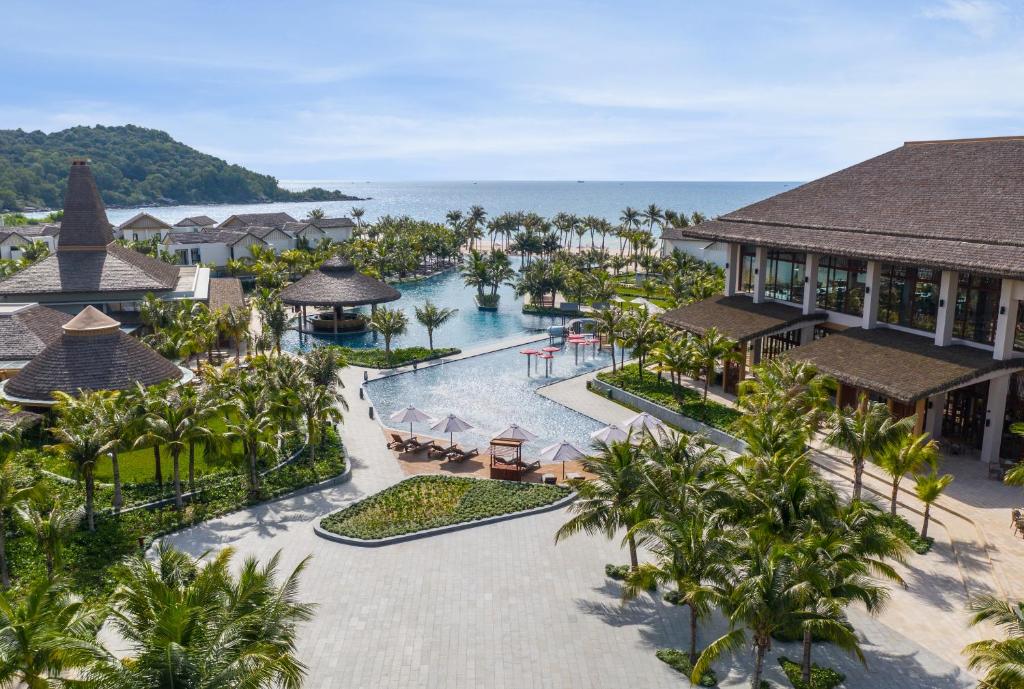
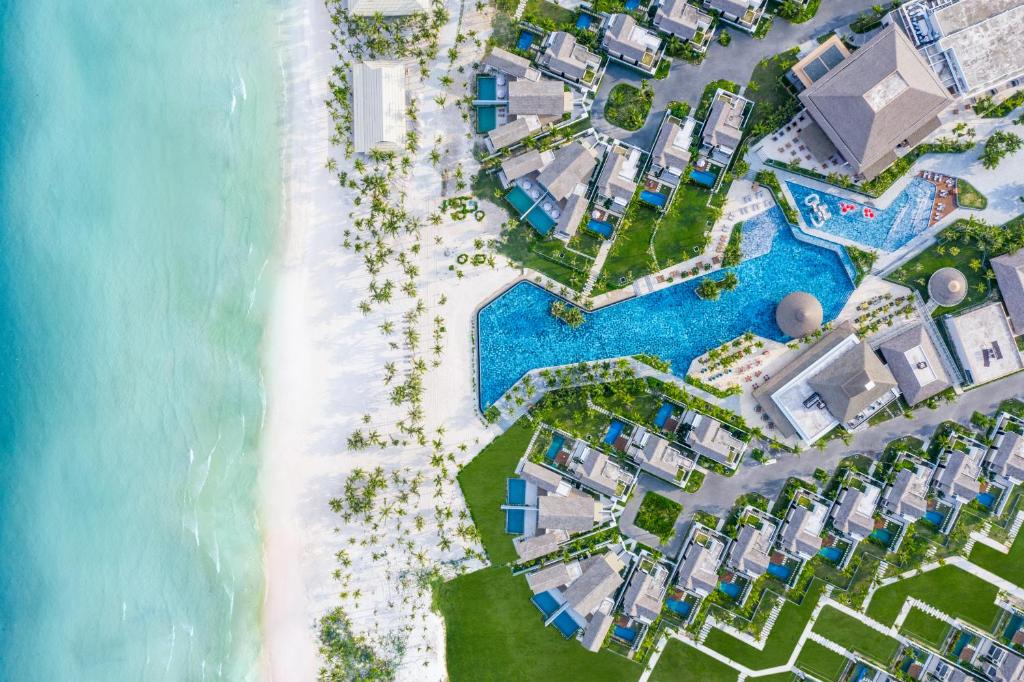
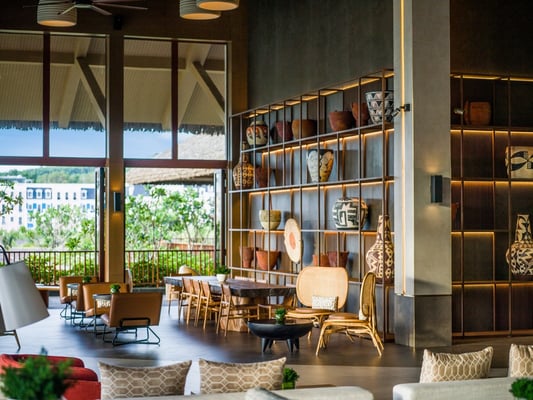
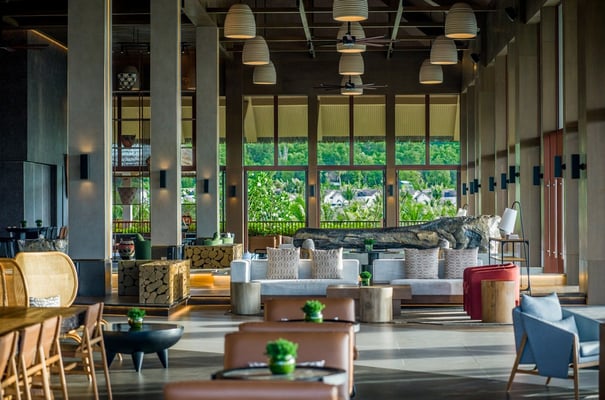
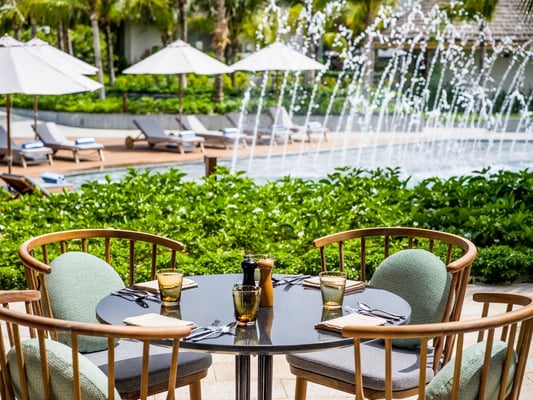
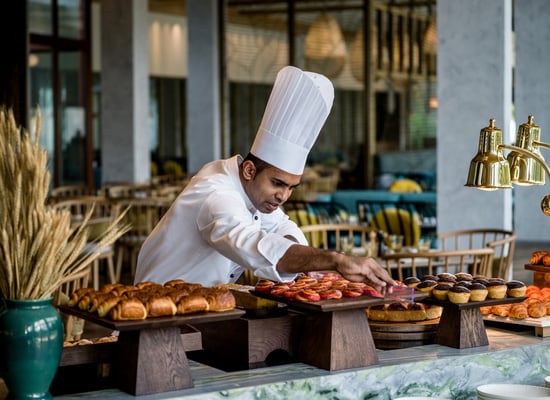
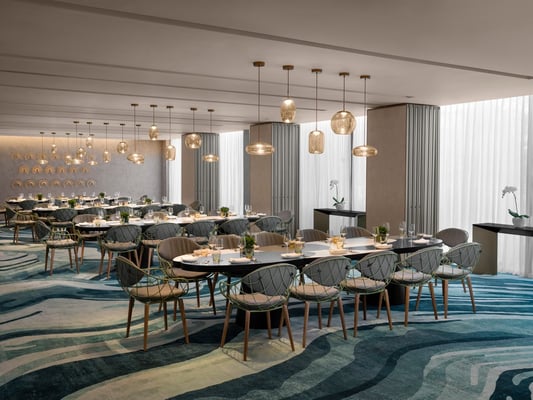
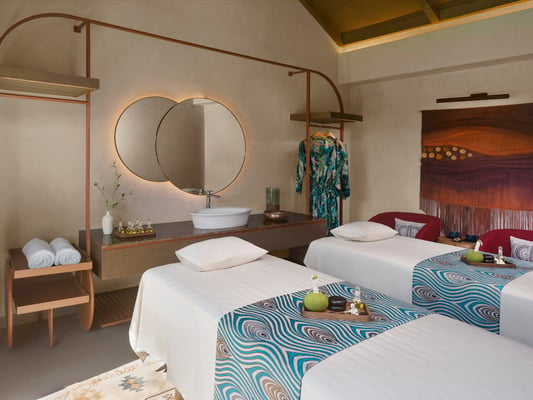
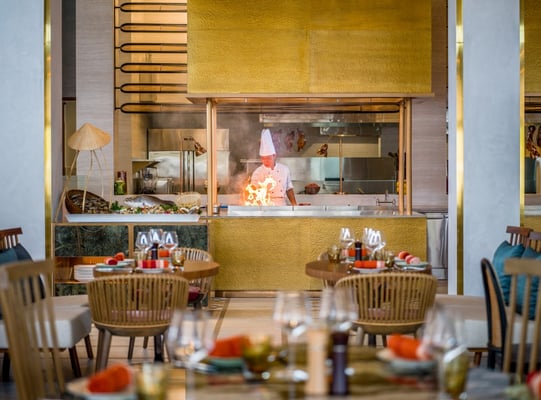
 Parking
Parking
 Receptionist
Receptionist
 Alarm
Alarm
 Selling tours
Selling tours
 Special help
Special help
 Keep your luggage
Keep your luggage
 Free internet
Free internet
 Daily cleaning
Daily cleaning
 Steam laundry
Steam laundry
 Laundry Service
Laundry Service
 Dinner
Dinner
 Lunch
Lunch
 Breakfast
Breakfast
 BBQ party
BBQ party
 Restaurant
Restaurant
 Alcohol
Alcohol
 Meeting
Meeting
 No smoking
No smoking
 Air conditioner
Air conditioner
 Garden
Garden
 Balcony
Balcony
 Pool
Pool
Kind of room : Room with two single beds and three king beds
- Maximum capacity of room 12 - Standard number of guests 8 - Allowing 4 additional children to accommodate a maximum of 12 guests may incur an additional fee
Room price : Contact
Discount % member 63Stravel Vip
Final price to pay : Contact
Kind of room : Room with one King bed or two single beds
- Maximum capacity of room 4 - Standard number of guests 2 - Allowing 1 additional adult and 2 children to accommodate a maximum of 4 guests may incur an additional fee
Room price : Contact
Discount % member 63Stravel Vip
Final price to pay : Contact
5.0 (1 Evaluate)
See all
Phu Quoc archipelago is located in the Gulf of Thailand, about 400 km west of Ho Chi Minh City. This place attracts domestic and foreign tourists because of its diverse types of tourism, with rich sea and island resources; diverse forest and marine ecosystems. The most ideal time to travel to Pearl Island is from November to April of the following year. This is the dry season in the South, with little rain, calm sea, calm waves and warm sunshine, suitable for outdoor tourism activities. This season is suitable for resort tours, not suitable for backpackers or backpackers. From about May to October is the rainy season, sometimes there are storms, but Phu Quoc is still crowded because it falls during the summer vacation period. If you go to Phu Quoc this season, you should come around the end of April, when there are still not many tourists and the weather is still nice, prices do not increase too high like during the peak season. October is also the time of changing seasons so there is little rain. Vietnam Airlines, Bamboo Airways and Vietjet Air provide direct flights to Phu Quoc from Hanoi, Hai Phong, Thanh Hoa, Vinh, Hue, Da Nang, Nha Trang, Da Lat, Buon Ma Thuot... Airfare If you're lucky, you can hunt for cheap tickets of around a million VND for both going and returning. Phu Quoc's airport is about 15 minutes from the center of the island. Some high-end hotels and resorts often have free shuttle services from the airport. You should ask more about this service when booking a room in Phu Quoc. In addition to direct flights, tourists have many more interesting options when traveling from Ho Chi Minh City to Phu Quoc such as motorbikes, cars, buses, speedboats or ferries. First-time visitors to Phu Quoc should take the speedboat to avoid seasickness. There are two routes to Phu Quoc, the journey from Rach Gia is about 120 km and takes 2 hours and 30 minutes, and the journey from Ha Tien is about 50 km and takes 1 hour and 30 minutes. You should depart from Ha Tien to shorten the travel time at sea, and the ticket price is also cheaper. Please call the station in advance to buy tickets and ensure the schedule is as planned. If you drive your own car, you should go at night to get on the ferry at around 4 a.m. to experience the sunrise at sea. The route lasts about 6 hours from Ho Chi Minh City to the ferry terminal in Ha Tien. You need to prepare food, drinks, blankets, pillows... and it's best to have two people take turns driving to make the night trip smooth and safe. If you take a bus, you can depart from the center of Ho Chi Minh City. There are many high-quality trips to Ha Tien, ticket prices range from 150,000 VND to 230,000 VND per person, depending on the bus company. Some high quality bus companies you can refer to are: Phuong Trang, Mai Linh, Kumho. Visitors can find on Phu Quoc from affordable motels to world-class luxury resorts. If you want to save money, you can stay at a homestay. If traveling with a company or a family with young children, the best choice for you is a hotel in Duong Dong town, convenient to attractions and shopping. Some 5-star hotels such as Saigon Phu Quoc Resort and Eden Resort often cost over 1,500,000 VND per room per day. 3-4 star hotels cost from 1,000,000 to 1,500,000 VND. 2-star hotels such as Gold Hotel, Lavita Hotel, Sea Star resort, Kim Hoa usually cost 600,000 - 800,000 VND. Unlike Nha Trang with beaches that are easy to visit from main roads, in Phu Quoc visitors often have to go far to get to the beach. So if you want quiet and relaxation, you should stay at a resort, villa or bungalow near the beach. Tourist destinations on Phu Quoc are divided into 4 main areas: Central area in Duong Dong town, South island, North island and East island. Depending on your schedule, you should spend at least two days if you want to explore all the fun spots on the island. In the north of the island you can visit places including: Phu Quoc National Park, Rach Vem fishing village, Vinpearl Safari, Ganh Dau Cape,... In the south of the island, you can visit places such as Bai Sao, Bai Truong, Dinh Ba and Dinh Cau, Dinh Cau Cape, Phu Quoc Prison, Phu Quoc Night Market,... Besides, you can visit small islands such as: Hon Thom, Mong Tay, Gam Ghi, May Rut. If you are a fan of delicious food, you should go to Phu Quoc from May to November. This is the beach season for local people, so there will be a lot of fresh seafood, and the price will also be cheaper. Dishes that you can enjoy include: Herring Salad, Ham Ninh Crab, Grilled Coi Bien Mai, Sea Cucumber, Bun Ken, Melaleuca Mushroom, Sea Urchin, Abalone,... Some famous Phu Quoc specialties you can buy as gifts are pearls, fish sauce, pepper, sim wine... Phu Quoc pearls are quite expensive, depending on the quality, color and size. Reputable pearl shopping addresses are Ngoc Hien and Quoc An pearl farming facilities. Phu Quoc fish sauce is famous for its delicious, pure flavor. Some reputable production facilities you can refer to are: Phung Hung fish sauce factory, Khai Hoan production facility, Thinh Phat, Hung Thinh. Phu Quoc pepper has a spicy and aromatic taste, with firm seeds. You can buy pepper right at Khu Tuong pepper garden or Suoi Da pepper garden, which are famous addresses. Phu Quoc Sim wine is produced in the traditional way by fermenting from rose myrtle and white sugar. This type of wine has good effects on digestion and treating aches and pains. Familiar places to buy sim wine are Sim Son and Bay Giao myrtle wine. Seafood tourists often buy as gifts are sea cucumbers, squid and dried fish. Duong Dong night market has many shops selling these products, prices depending on the season and size. It should be noted that you should not go to Phu Quoc during the stormy season. Hotels and motels are often sold out during peak season, so you should book about a month in advance. Some places on Phu Quoc do not allow tourists to visit, you need to strictly comply and do not enter prohibited areas. Ferries and speedboats to and from the island usually run on a fixed schedule. You should carefully ask about operating times so you don't miss the train or bus. If you get seasick, you should prepare some anti-sickness medicine because you have to move a lot at sea. If you ride a motorbike through the forest, you should find a map of Phu Quoc in case you get lost.
Kien Giang
November to April
2285 view
Located in the southeast of Phu Quoc island, Nam Du archipelago belongs to An Son and Nam Du communes, Kien Hai district, Kien Giang province, about 60km from the mainland. Nam Du has an area of about 1,054 hectares, including 21 large and small islands, of which 11 are inhabited. Possessing a pristine, charming beauty with blue sea, white sand, golden sunshine, coral reefs, schools of colorful fish and a variety of fresh seafood, Nam Du is likened to a miniature Ha Long Bay in the heart of the city. Southern sea, bringing visitors interesting experiences. Hon Lon is the largest island in the Nam Du archipelago, with an area of 771 hectares with many beautiful beaches such as: Dat Do beach, Cay Men beach, Ngu beach, Gieng beach... along with rows of green coconut trees, some with up to 70 - 80 trees. five years old. This is an ideal place for tourists to swim, scuba dive to see coral or catch fish and snails on coastal rocks. Coming to Hon Lon, backpackers can rent motorbikes to drive around the unique road along the island. On one side of the road is a steep cliff, on the other side is a jade blue sea, in the distance there are small islands and boats offshore, creating a poetic and charming picture of mountains and water. Visitors can also go to the lighthouse located at an altitude of 296m above sea level to visit the radar station and get a panoramic view of the Nam Du archipelago. From City. Rach Gia, every day there is a high-speed train that takes tourists to Hon Lon at 8:15 a.m. and returns to Rach Gia at 12:15 p.m. From Hon Lon, visitors take about 30 minutes by boat to cross Hon Ngang - the richest and most populous island in the Nam Du archipelago with 900 households, most of whom make a living by exploiting seafood and raising grouper and cobia. in cages. Hon Ngang has the largest seaport in Nam Du, gathering many fishing boats anchored. Coming here, in addition to having the opportunity to bathe in the cool blue sea water, visitors can also admire the towering rows of coconut trees and craggy rapids with many strange, unique, and colorful rocks. Thousand shapes lie on top of each other. Tourists should not miss the opportunity to rent boats to go to the sea to visit fish cages, walk around coastal fishing villages to learn about the lives of fishermen, and enjoy seafood such as squid cooked in porridge, shrimp porridge. grilled with onion fat, stir-fried green catfish with onions, grilled imitation fish with banana skins and many delicious oasis species. In particular, at night, looking from Ngang island to Lon island, visitors will see clusters of sparkling lights, adding to the mystery of the offshore island. On Ngang island, there is also Ba Chua Xu temple, built quite solidly. More than 2km southeast of Hon Ngang is Hon Mau with an area of 200 hectares with more than 120 households living. This is an island with a lot of potential for developing resort tourism with beautiful beaches named after the windy season such as Chuong beach with long stretches of white sand and blue sea water; Bac beach (also known as Da Den beach) is attractive with many beautiful rocks, many colors and diverse patterns; South beach has calm waves and calm winds all year round, a place for commercial exchanges and mooring of ships; Nom beach is charming with shady rows of green coconut trees... However, what makes a strong impression on visitors is the gentleness and friendliness of the people on the island. Coming to Hon Mau, visitors can pick their own coconuts to enjoy cool sips of water; personally remove fish caught in nets after a trip to the beach; Cook lunch together or roam around the fishing village to learn about the life and culture of the people here. Tourists will also be led by the fishing village people to visit the place where the giant fish weighing hundreds of tons is worshiped with sacred and mysterious stories. In the evening, visitors can join the locals to light a fire to grill seafood on the rocks along the beach. The journey to explore the Nam Du archipelago will not be complete if visitors miss the opportunity to visit Hon Dau - a small island with only a few households living but with wild beauty, a beach with golden sand and rows of sand. Soaring green coconut trees and fresh air. Not only do they have the opportunity to swim, coming to Dau Island, visitors also have the opportunity to explore the world of magical colorful corals and countless species of fish hidden under the clear blue sea water. There is also primeval forest covering about 90% of the island area. Hon Dau is an ideal place to organize overnight camping and enjoy grilled seafood.
Kien Giang
November to April
1889 view
Located in the waters of Kien Luong district (Kien Giang province), Ba Lua archipelago is a scenic spot still imbued with wild beauty and is considered "Southern Ha Long". According to the remaining traces, the Ba Lua archipelago is the last part of the Ta Lon mountain range that subsided following the movement of the earth's crust during the orogeny period hundreds of millions of years ago. Spreading over an area of about 70km², Ba Lua archipelago includes more than 40 large and small islands such as: Mot island, Lo Coc island, Da Lag island, Heo island, Da Bac island, Dam Duong island, Dam Duoc island, Dam Gieng island, Re Lon island, Re Nho island, Nhum Ba island, Ngang island..., in which, 3 Dam islands are Dam Duong, Dam Duoc and Dam Gieng located quite close to each other, forming a triangle. With an area of about 6 hectares, Dam Duong island is surrounded by strips of fine white sand. Since 2006, a part of the island has been invested in planting many types of fruit trees such as sapodilla, longan, mango, jackfruit, coconut... to form a "garden island". Coming to Dam Duong, visitors will have the opportunity to relax, admire the sea view, and enjoy a variety of fresh seafood. Located about 300m southwest of Dam Duong island, Dam Duoc island has an area of 12 hectares, where thousands of mangrove trees grow and develop. That's why the island is called Dam Duoc. Unlike Dam Duong island with lots of white sand, Dam Duoc island has many red pebbles lying all over the island. Along the island's shore, there are bamboo huts with hammocks for tourists to rest and enjoy the cool air. Here, visitors can also enjoy attractive culinary dishes such as sour-cooked cobia, braised cobia with bacon, grouper cooked with porridge, boiled stone crab, grilled crab... Although there has not been investment in tourism services like Dam Duong and Dam Duoc islands, Dam Gieng island (about 100m northwest of Dam Duong) still attracts tourists because of its pristine natural beauty and sandy beaches. , long gravel beach. The reason the island is called Dam Gieng is because on the island there is a freshwater well full of water all year round. Coming to Dam Gieng, visitors can set up their own tents to rest, admire the island, light a campfire to socialize in the evening... Besides the pristine natural beauty, 3 Hon Dams also have the unique feature of being located in shallow seas (water only up to the waist of adults). Therefore, visitors do not need to use a boat but just wade through the water to go from one island to the other. Wading a few hundred meters in the blue sea with the sound of breaking waves will be an unforgettable adventure experience for visitors. Low tide is the ideal time for tourists to wade through the water to admire the sea and catch seafood such as crabs, fish, oysters, snails... From Kien Luong tourist wharf (Binh An commune, Kien Luong district) or Ba Hon wharf (Kien Luong town, Kien Luong district), visitors take about 45 minutes by train to reach 3 Hon Dam.
Kien Giang
November to April
1867 view
The Pirate Islands have 18 islands, including 16 large and small islands and 2 sunken islands. The name "Pirates" has aroused curiosity, unintentionally creating a unique feature, attracting tourists to visit, travel and learn about this archipelago. From afar, the Pirate Islands appear like a poetic and prosperous picture. When the ship docked at Hon Doc island, the center of Tien Hai island commune, the peaceful scene became even clearer. Below the port, there are many fishing boats anchored. Right at the wharf is the commune People's Committee headquarters, medical station, border guard station, school, clean water supply plant, and spaciously built market. According to the introduction, the difference in this archipelago compared to other islands and islands in the Southwest Sea is that it has been connected to the national grid since 2019 to serve daily life and economic development. Coming to Hon Doc island, the first point that tourists often look for is the sovereignty landmark on the island, located on the beach, along the road from the port, turn right to Rada Station 625. The Pirate Islands include the following islands: Hon Keo Ngua, Kien Vang Islet, Tre Lon Islet, Tre Vinh Islet, Gui Islet, U Islet, Giong Islet, Cho Ro Islet, Duoc Islet, Bo Dap Islet, Doi Moi Islet. For a long time, the sovereignty stele has become the pride of islanders and a destination for tourists when coming to Hon Doc. Going around the island, what we saw was completely different from our imagination of the Pirate Islands - where, according to the story, this is where pirates used to hide. People's lives on the island are calm and peaceful... According to recorded history of Ha Tien, in the 17th century, Governor Mac Thien Tich repeatedly ordered his generals to suppress pirates here and the name Pirate Islands appeared from there. A few members of the indigenous pirates still left traces on Tien Hai island. Explaining the name "Pirate", Mr. Nguyen Thanh Ngoc, about 70 years old, living in the Bai Nom area, said: "I have lived on the island for 40 years. In the past, I heard from the elders that the name Pirate Island was born in connection with the appearance of a pirate gang called "Black Sails" operating in this sea. They use deserted islands in the Gulf of Siam as hidden lairs. From here, pirates suddenly appeared and attacked quickly, leaving merchant ships traveling in the area unable to react in time. The money and gold they stole were brought to the island for storage. The name "Pirate" has been known since then. After the revolutionary government took over, security and defense of the vast island and sea area were maintained, residents on the island and ships operating in these waters were peaceful. Currently, Tien Hai island commune has about 480 households living with over 1,900 people scattered on the islands: Hon Tre, Hon Giang, Hon U, Hon Doi Moi but most concentrated in Hon Doc and Hon Tre Lon. Along with the Party Committee and government, on the island there are also armed forces, such as: Rada Station 625 of Battalion 551, Naval Region 5; Border guard station 738 belongs to the Border Guard of Kien Giang province. People on the island make a living thanks to the golden sea that bestows many types of seafood with high economic value, such as fish, shrimp, crabs, squid... In particular, in January 2018, the People's Committee of Kien Giang province decided to recognize this archipelago as a local tourist area, creating more favorable conditions for Tien Hai commune to awaken its potential, develop tourism, and invite attraction. investment and cultural exchange, increase income, and raise the intellectual level of people on the island. Mr. Nguyen Hong Phuc, Chairman of the People's Committee of Tien Hai island commune (Ha Tien city, Kien Giang province), said: "In 2019, the economic value from the commune's aquaculture and fishing resources reached 67 billion VND. The total number of tourists in the year reached more than 71,000, thereby bringing in revenue of more than 31.5 billion VND, an increase of 14.9% compared to 2018. This is one of the important contributing areas to the revenue of the trade, service and tourism industry in 2019, reaching more than 116 billion VND. People at the front of the storm still face many difficulties and their spiritual life is still lacking. With the motto "The station is home, the border is the homeland, the people are blood brothers", in addition to the task of maintaining island security, Tien Hai Border Guard Station and Rada Station 625 have done a very good job. civil mobilization. The island's soldiers, together with the local government, took care of the material and spiritual lives of the people with many activities such as campaigning to build houses in solidarity, and providing financial support to poor students in the program "Step Up". children go to school", free medical examination and treatment for people, rice support when households encounter natural disasters or hunger...
Kien Giang
November to April
2095 view
Located between Hon Tre and Nam Du archipelago is Hon Son island with an area of 11.5 km2. To date, Hon Son has more than 2,012 households with 8,120 people coming to settle down. Belongs to Lai Son commune, Kien Hai district, Kien Giang province; about 65 km west of Rach Gia city. Here, in addition to fishing villages and fruit orchards, which account for about 20% of the area, the rest is primeval forest with a few old trees, many small trees and vines. Animals mainly include monkeys, squirrels, birds, a few monitor lizards and pythons... According to the old people on the island, Hon Son has another name, Hon Son Rai, because this island used to have many otters living. People on the island have always lived mainly from fishing, in addition to handicrafts such as shipbuilding, processing shrimp, fish, dried squid... But the profession that once made this island famous everywhere was making fish sauce. However, in the past few years, because the source of anchovies around the island, which used to be abundant, has now dried up, a number of fish sauce production facilities have stopped operating. With natural, charming and beautiful beaches reflecting in the vast ocean, Hon Son appears like a sparkling pearl of color; Covered by endless coconut groves running along the coast, it has a wild look, with no trace of exploration; Paved with large, flat stones, standing tall in the middle of nature, it looks majestic and poetic. The most beautiful beach is Bai Bang, bending like a bow with clear blue water, along with rows of coconut trees swaying in the sea breeze. Coming to Hon Son, visitors can swim, enjoy fresh products from the sea, and immerse themselves in the coolness of the sea breeze. On the island there are also places of worship such as Lai Son Temple, Ba Co Chu Temple, Cao Dai Temple, Hai Son Pagoda... all located in Bai Nha hamlet. Hon Son has 7 peaks connected to each other. The peaks all have legends associated with their names, but Ma Thien Lanh is the most famous peak. Not only is it the highest at an altitude of about 450 m above sea level, this mountain peak is also associated with poetic fairy tales and colorful "today" stories of "swordplay" that are loved by people. Islanders spread word of mouth. According to ancient legend, on top of Ma Thien Lanh there is a flat rock, with a beautiful surrounding landscape, so many fairies often come down to have fun, called San Tien, which is a testament to that story. Today, when people come here to explore, after hundreds of years, occasionally there are monks and sad people who come to San Tien to practice meditation. They retreated in a cave with the words "Mai Duong Sword Dharma" engraved. The lives, personalities and behavior of these people are passed down by word of mouth with half-true, half-fictional stories. To conquer Ma Thien Lanh peak, you must start from the center of Bai Nha along thousands of steps located among banana fields, custard apple and mango gardens and patches of primeval forest. About 2 km from Bai Nha, there is a Buddha statue called Lo Thien Buddha by the people here. Go about 400 m further and you will see Pho Tinh Pagoda located in the middle of the mountains and forests. San Tien is about 2 km away. Here, many traces of "mutants" are preserved on the rocks such as names, ages, dates of arrival, dates of departure, years of practice... After conquering Ma Thien Lanh peak, Hon Son also has 5 beaches and 1 pristine rocky rapids, of which Bai Bang has the most beautiful scenery, many leaning coconut trees shading a part of the white sand beach about 1 meter long. km, deserted and calm beach. This is the most suitable place for you to swim. Not only does it have lyrical scenery, this is also a very clean beach. In particular, here there is also Tien stream with clear water flowing from the top of Ma Thien Lanh right down to Bai Bang to make fresh water for you to bathe in after struggling with the ocean waves. To get to Hon Son, visitors can take a high-speed train with a journey of 1 hour and 45 minutes. If you take a regular passenger train, it takes 4 hours.
Kien Giang
November to April
2243 view
Nguyen Trung Truc Communal House or Nguyen Trung Truc Temple is located in the west of Rach Gia city center, is the earliest and largest communal house worshiping Nguyen Trung Truc among the nine temples worshiping him in Kien Giang province, currently Located at 14 Nguyen Cong Tru Street, Vinh Thanh Ward, Rach Gia City, Kien Giang Province. Nguyen Trung Truc's real name is Nguyen Van Lich, born in 1838, in Binh Nhat, Cuu An district, Tan An district (now in Binh Duc commune, Ben Luc district, Long An province). Growing up in a situation where his country was invaded by the French colonialists, he joined and led the insurgent army against the French. He was captured by the French colonialists and executed by them in Rach Gia, Kien Giang province, when he was only 30 years old. On December 10, 1861, Nguyen Trung Truc and his insurgents achieved a resounding victory, burning the French enemy ship Espérance on Nhat Tao beach, destroying many enemies. After the Nhat Tao victory, Nguyen Trung Truc was awarded the title of military officer by the court, a martial officer ranked among the fourth rank. At the end of June 1867, the French colonialists occupied Vinh Long, followed by An Giang and Ha Tien provinces. At this time, Nguyen Trung Truc and a number of insurgents returned to Hon Chong to build a base, preparing forces to continue attacking the enemy. After Nguyen Trung Truc's resounding victories, the French invaders and their henchmen frantically searched for him, offering a high reward to anyone who could capture or kill him. More cruelly, they arrested his mother to pressure him to surrender; At the same time, they strengthened their forces to suppress the insurgents. Unable to surrender to the invading enemy, Nguyen Trung Truc and the insurgents withdrew to Phu Quoc island to preserve their forces and build a base to continue fighting against the French. On September 19, 1868, the French enemy sent more than 100 Ma Ta soldiers to Phu Quoc to attack Ham Ninh; Then they added reinforcements to attack Duong Dong. They surrounded, terrorized, and strictly controlled the people on the island in order to isolate and destroy the insurgents. Faced with the sight of his compatriots being oppressed, interrogated, the insurgents' weapons exhausted, and the enemy's position becoming stronger, Nguyen Trung Truc decided to sacrifice himself to preserve the forces of the insurgents and the lives of his compatriots. Admiring and respecting the national hero, after Nguyen Trung Truc was executed by his enemies, the people set up a secret tablet to worship him at Lang Ca Ong. Initially, this place was just a small wooden temple with a thatched roof; After many repairs, Nguyen Trung Truc Temple has become more and more spacious. In 1987, the communal house and mausoleum of national hero Nguyen Trung Truc were recognized by the Ministry of Culture as a national historical and cultural relic. Nguyen Trung Truc Communal House is located on the bank of the Kien River facing the sea, in front there is a large gate column with the name of the throne written on it. Currently, not only in Rach Gia city, but many places in Kien Giang province also have dozens of temples worshiping Nguyen Trung Truc, such as temples in Hon Dat district, temples in Chau Thanh district, temples in Kien Luong district. , temple in Phu Quoc district... Some provinces such as Long An, An Giang, Ca Mau, Binh Dinh... all have temples to national hero Nguyen Trung Truc. Every year, on the 26th, 27th, 28th of the 8th lunar month, people in the province and localities throughout the country gather in Rach Gia city to commemorate National Hero Nguyen Trung Truc. Source: Electronic information portal of Kien Giang Department of Culture and Sports
Kien Giang 2978 view
Located in Son Tien Quarter, Soc Son town, Hon Dat district, Soc Xoai Pagoda is a pagoda with typical architecture of Khmer Theravada Buddhism in Kien Giang province. The pagoda was recognized as a National Historical and Cultural Monument in 1989. It was founded in the late 18th century by Venerable Danh Phiech. Over 19 generations of abbots, Soc America saved the country. Besides, Soc Xoai Pagoda is both a school teaching writing and an education center for local Khmer people. According to Venerable Danh Huu Giang, Deputy Abbot of Soc Xoai Pagoda, Soc Xoai Pagoda is considered a place to protect and gather local Khmer people, a cultural connection point and national solidarity. , is a factor that beautifies the national and religious traditions of the people of Hon Dat in particular and Kien Giang province in general. According to Venerable Danh Huu Giang, Deputy Abbot of Soc practice according to Buddhist teachings, practice culture according to national traditions. In addition, the Soc dandruff, harrowing... ancient Khmer people. According to the development of society, production labor tools as well as items serving daily life of the ancient Khmer people are no longer suitable with the times. These items, over time, will gradually become forgotten and damaged if not preserved and maintained. Therefore, these items are recreated with the purpose of letting future descendants know about the production activities and cultural beauty of their ancestors from ancient times. Regarding school, at Soc Among them, there is the Khmer language and the Buddha's precepts. Besides, we also coordinate to open intermediate Law classes. This class is for monks and Buddhists to understand the core policies and legal guidelines of our state, especially religious laws. When we understand clearly, we will easily be able to operate in the law. If you want to build something in your community and in your temple, it is not against the law. In addition to teaching literacy and training cultural and legal knowledge for monks and Buddhists, Soc Xoai Pagoda also preserves and preserves national cultural identity through organizing art programs and competitions. fashion show. Through festivals organized in accordance with cultural traditions, it helps local Khmer youth understand and respect traditional cultural values, thereby correctly understanding the meaning of festivals and preserving cultural values. nation, enhancing the role of Khmer people in community building, construction and defense of the country. Source: Electronic information portal of Kien Giang Department of Culture and Sports
Kien Giang 2764 view
Vinh Hoa communal house is a historical and cultural heritage that has existed for nearly 300 years, is the oldest communal house in Kien Giang province, and is a place of pure cultural activities of the people of Rach Gia area since people came here to reclaim land. establish a hamlet. Vinh Hoa Communal House, often called Vinh Hue Communal House, is located at 61 Nguyen Hung Son Street, Vinh Thanh Van Ward, Rach Gia City, Kien Giang Province. The communal house was built in the early 18th century with the first name of Hoi Dong Temple, a temple to worship Thanh Hoang Bon Canh, the God of the Middle Ages that people considered very inspiring. In 1883, the ancient temple of Hoi Council was rebuilt larger than the communal house. Vinh Hoa communal house is proud to have been conferred twice by the Hue court: during the reign of King Minh Mang (1832) and the reign of King Bao Dai (1934). In the history of resisting French invasion in the early 19th century, Vinh Hoa Communal House was the fighting point of national hero Nguyen Trung Truc after defeating Rach Gia garrison (June 16, 1868). During the pre-uprising period of 1932-1945, Vinh Hoa Communal House was the fulcrum of the Rach Gia people against oppression and exploitation, was one of the places where the first local branch of the Indochina Communist Party was established, and was the cradle secret revolutionary activities of the Communist Party branch, which is the red address to receive and spread Marxism - Leninism into Rach Gia - Ha Tien province. Through many historical changes, Vinh Hoa Communal House has also been gradually renovated. The communal house has great value in both history and traditional cultural activities. It is a place to organize festivals and entertainment such as boi singing, lion dance, dragon dance... and is a unique artistic work of working people aiming to preserving the customs and practices of Vietnamese people during the period of historical and cultural development, marking the footsteps of Vietnamese people coming here to expand their territory. Vinh Hoa communal house was recognized as a national historical relic on September 5, 1989. Source: Kien Giang Tourism
Kien Giang 2743 view
The Mac Cuu Tomb Relic Area belongs to the temple and mausoleum complex of the Mac family, starting with Mac Cuu, who publicly destroyed the land of Ha Tien more than 300 years ago. The relic is located on Mac Cuu street at the foot of Binh San mountain, in Binh San ward, Ha Tien city, Kien Giang province. According to historical records, Mac Cuu is from Guangdong, China. In 1680, when he arrived in Ha Tien, he stopped here to build and develop this land. In August 1708, Mac Cuu offered the land of Ha Tien to the Nguyen Dynasty and was approved by Lord Phuc Chu and appointed "Governor of Ha Tien". Although he offered Ha Tien to the Nguyen dynasty, Lord Nguyen Phuc Chu still gave Mac Cuu autonomy in this land, maintaining the hereditary tradition as a minor king. Over 7 generations of power, the Mac family has turned the pristine land of Ha Tien into one of the busiest trading places in the region. Mac Cuu mausoleum relic area includes: temple, Mac Cuu mausoleum along with 59 other large and small mausoleums of relatives and attached to the Mac family's career in Ha Tien land. Mac Cuu's mausoleum and temple were built from 1735 to 1739. The temple's front faces east, where To Chau mountain with Dong Ho water flow is located, its back leans against a sturdy arc-shaped cliff, on the left is Bat Giac Mountain; On the right is Dai Kim Du. The temple worshiping the Mac family is called Trung Nghia Tu, local people often call it Ong Linh temple. In front of the temple are two large ponds filled with lotus flowers that Mac Cuu previously had dug to get fresh water for the people in the area to use during the dry season. The mausoleum was built in a three-compartment architecture with the Tam Quan gate in front, on both sides are two parallel sentences in Chinese Nom given by the Nguyen Dynasty: Located on the right side of the temple is the old house worshiping those who came to Ha Tien before Mr. Mac Cuu, on the left is the later house worshiping those who came after him. Right in the main hall of the temple, there is an altar sign with four great characters: "Opening the town and head of the country". This is a recognition of the merits of the Mac family in the work of exploring and expanding the territory of Vietnam to the south. Inside the main hall, the altar in the middle worships the throne of Mr. Mac Cuu and his descendants. On the right is the altar of civil and martial mandarins under the Mac family, on the left is the altar of the family's wives. From the temple, on the left side there will be a sign leading to the mausoleum of Mac Cuu and the Mac family. With more than 60 ancient tombs divided into 4 separate areas: area 1 is the mausoleum of the Mac family's emirs, area 2 is the mausoleum of madams, area 3 is the tomb of mandarins and area 4 is the tomb of the citadel. Another member of the Mac family. Mac Cuu's largest tomb was built in Chinese architectural style, in a semi-circle shape carved deep into the mountainside, where the remains were buried with lime and "umbrella" water shaped like a lying buffalo. On the left and right sides are two generals, around the tomb are built two dragons entwined with each other. The steps are made of Guangxi green stone, many stones are over 3 meters long. Below Mac Cuu mausoleum is the tomb of Mrs. Nguyen Thi Hieu Tuc, Mac Thien Tu's wife (left) and Mac Tu Hoang's tomb (right) and then Mac Thien Tu's tomb (similar to his father's tomb but more modestly decorated). Although nearly 300 years have passed, the temple and mausoleum of the Mac family still retain the architectural features of the early period. Source: Kien Giang Tourism
Kien Giang 2327 view
Ha Tien Prison is located at the end of Mac Cong Du Street, Binh San Ward, Ha Tien City. Ha Tien Prison is located on a flat rectangular area of land 30m long, 25m wide, surrounded by solid stone walls, with four watchtowers at the base. The prison was built in 1897 by French colonialists. At first, the prison was called Ha Tien Prison, then changed its name to Ha Tien Prison. This is both a place to denounce the crimes of the French colonialists, who detained thousands of Vietnamese patriots, tortured and brutally beaten them; This is also the place where a Vietnamese Communist Party cell in the South was born in 1930. When the prison was first built, there were no high, solid walls, only a low fence made of trees. In 1940 - 1942, because of the large number of prisoners and to prevent escapes, the fence was built solidly, with only one entrance, the main gate, a heavy and sturdy iron gate. From the main gate to the prison is 8m, the remaining three-sided fence is 3m from the prison. The three prison rows and the kitchen row behind form a rectangular area. All rows have brick and stone walls, brick floors, and tiled roofs. On the left side is the guard's room, next to the guard's room is the prison warden's workplace and is also the room for interrogation, torture and torture tools. On the right side is a windowless cell. The prisoners wear blue clothes with the letter P printed on their backs (short for Prison); When going to work, wear short pants and a conical hat. Those who escaped from prison would have their feet chained and half of their hair shaved with tar. Those who fought (they called rebels) were kept isolated in small rooms. Up to now there are no specific figures, but in early 1945, when Japan overthrew the French, Ha Tien prison freed about 500 prisoners. Here there are many brutal tortures such as: electric shock, electric clamps on the ears, wrists, ankles... electrocuted and then doused with cold water. There is an interrogation room full of torture and beating tools to coerce confessions. Not only torture, they also forced prisoners to do very hard labor. Before 1930, the prison did not have a toilet, so every day they sent two prisoners to carry buckets to the river to dump them. Prisoners working in forced labor were beaten and fed poorly, only spoiled fish and squash. From May 1930, Ha Tien prison had more political prisoners. And from there, the Communist cell was established here. In mid-1930, at Ha Tien prison, a struggle of political prisoners broke out, directly led by the prison cell. Prisoners went on hunger strike, demanding to have their lives taken care of, demanding a reduction in hard labor hours, improved diet... The prison's self-defense team was established, they used working tools to deal with the prison guards. Although the struggle was suppressed, it made a big splash, and many compatriots paid tribute to the Communist Party members. While working at Nui Lang, political prisoners had contact with the outside world. The prison cell propagated revolutionary enlightenment to the masses, gathered active and qualified people to form a Party cell, named the Ha Tien Communist Party Committee, consisting of five people. The prison is an important historical evidence, marking the crimes of the French colonialists and the indomitable patriotism of the Vietnamese people. On September 5, 1989, Ha Tien prison was recognized as a National Historical Site. Source: Kien Giang Tourism
Kien Giang 2255 view
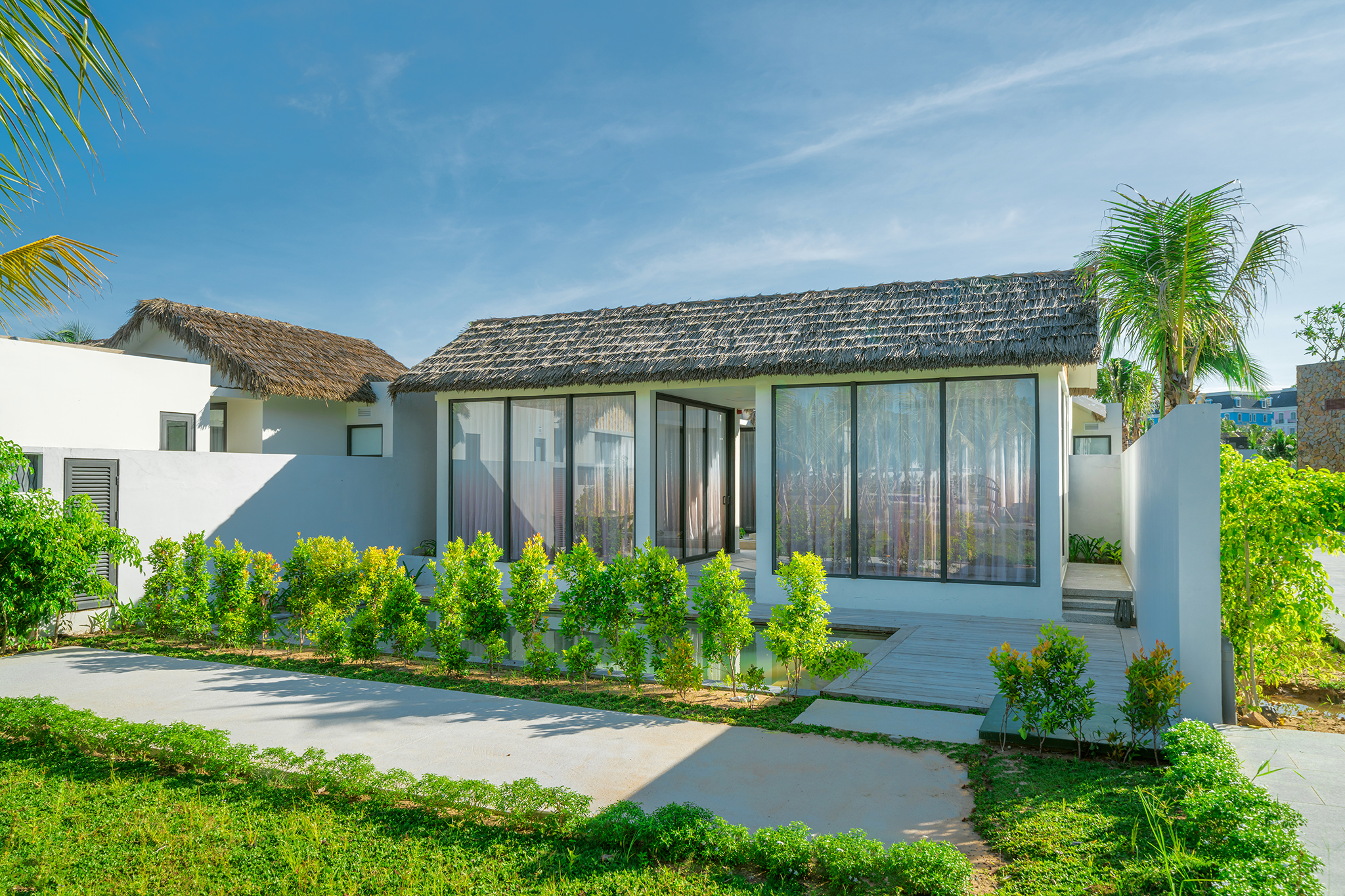

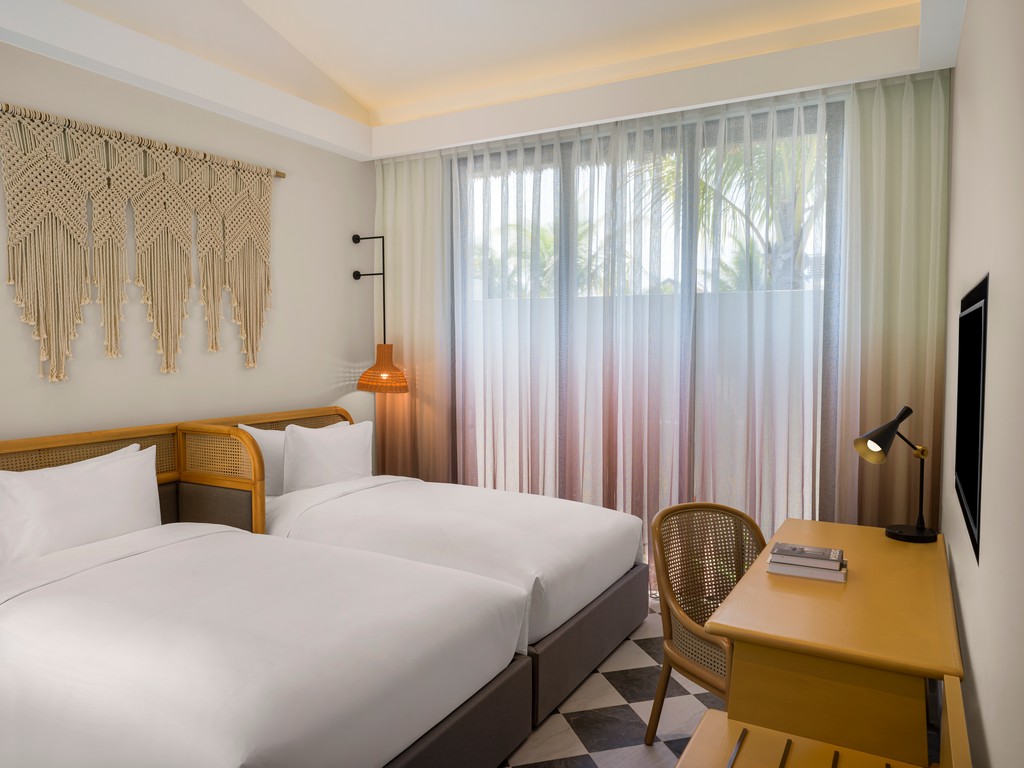
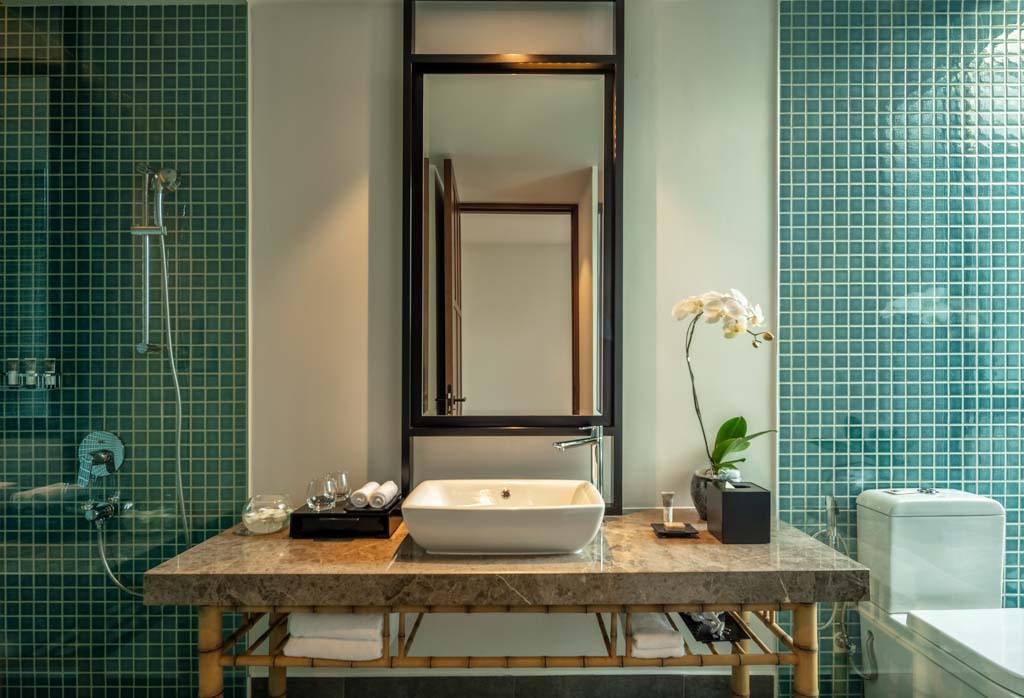
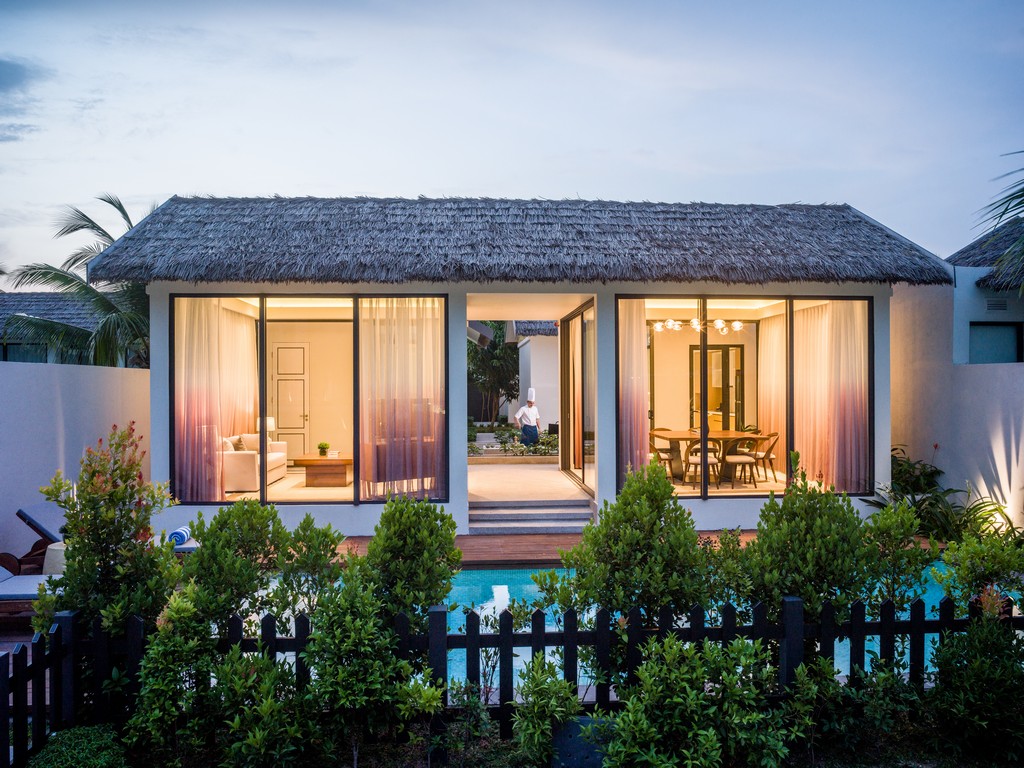
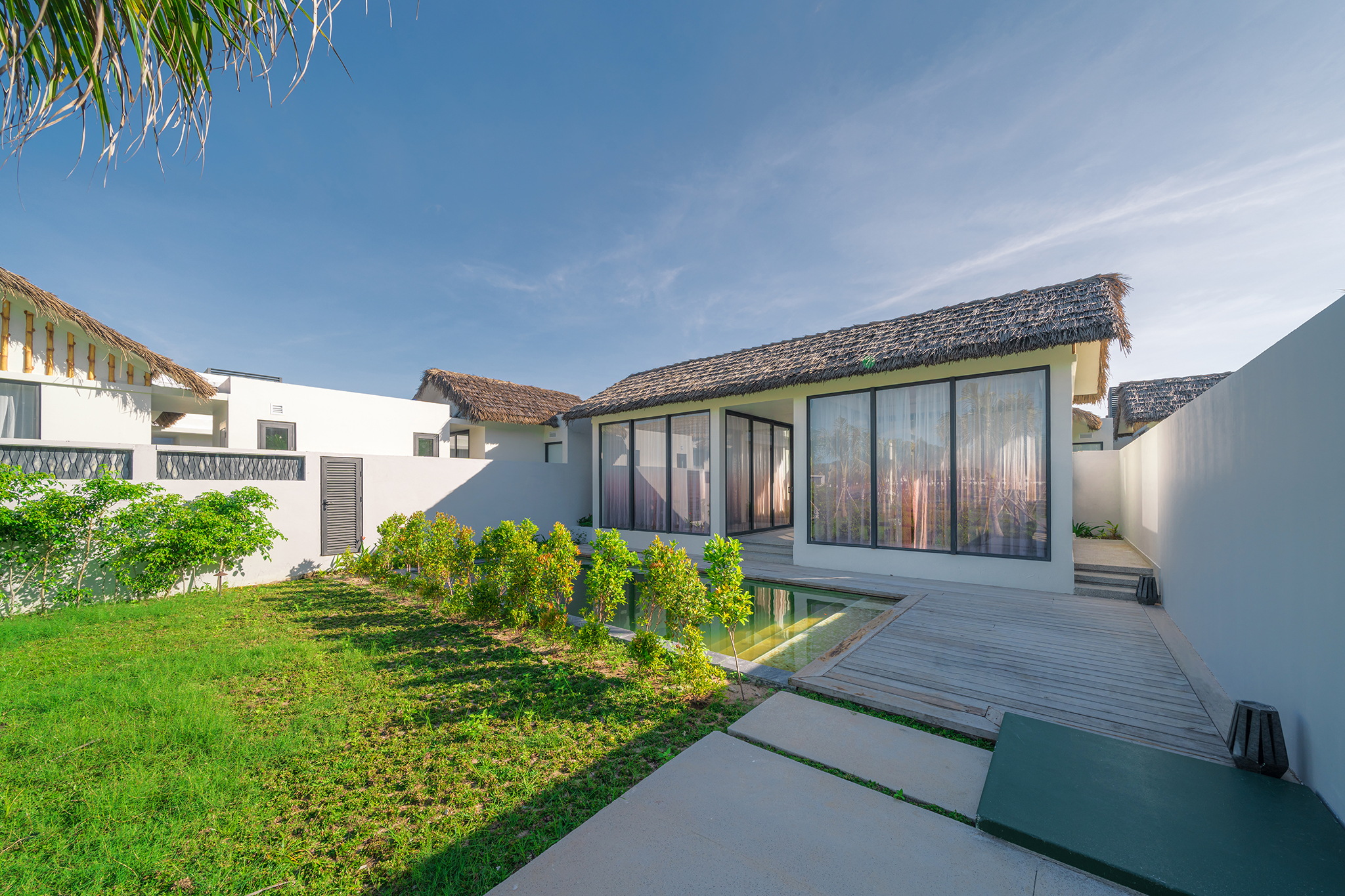
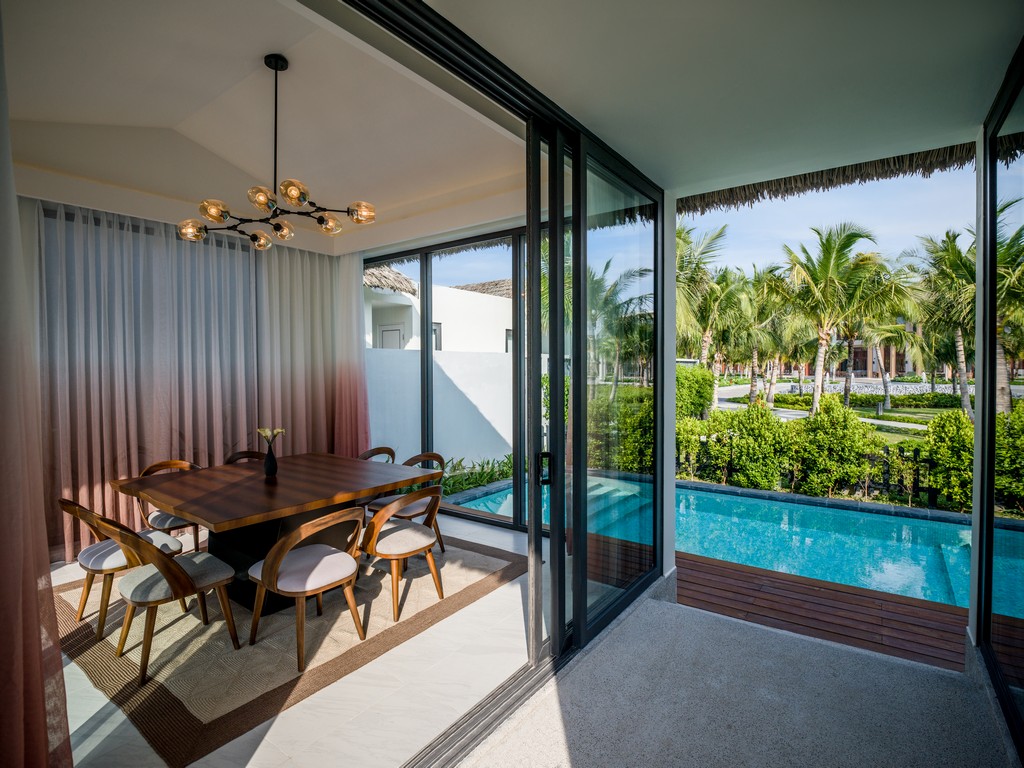
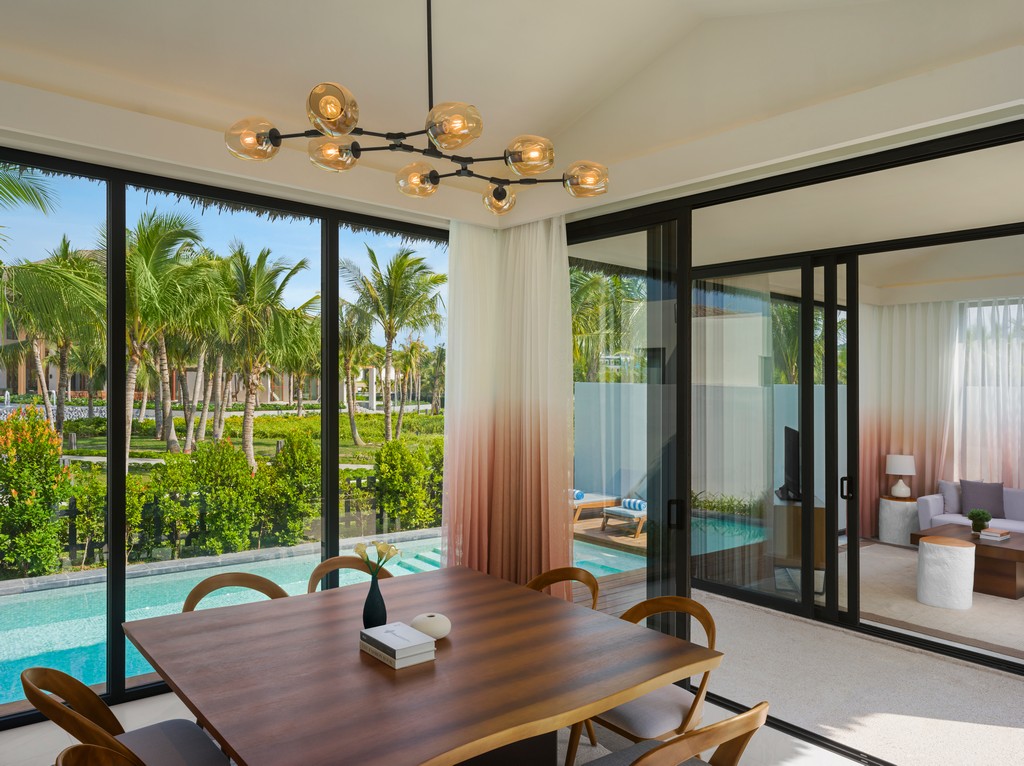
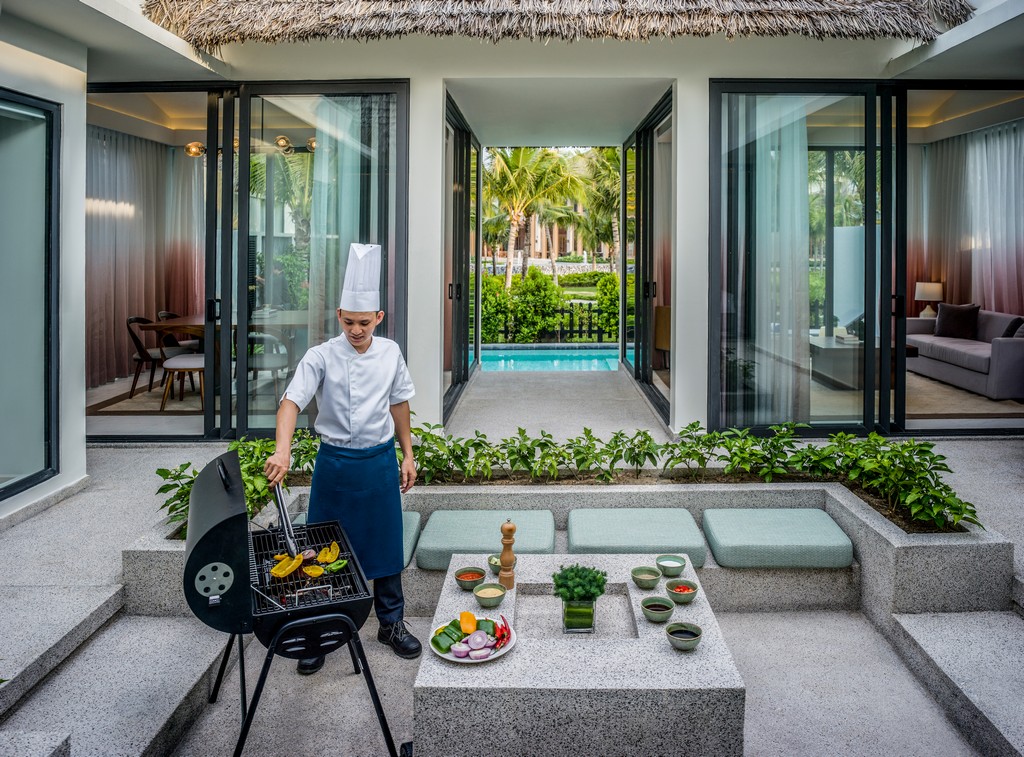

Day : 28/02/2025 - 01/03/2025
Room name : Deluxe Pool Villa 04-Bedroom
Kind of room : Room with one King bed or two single beds
Total amount : Contact
Discount % member 63Stravel Vip
Final price to pay : Contact
Room amenities
 Air conditioner
Air conditioner
 Towel
Towel
 Phone
Phone
 No smoking
No smoking
 Free toiletries
Free toiletries
 Slipper
Slipper
 Free wifi
Free wifi
 Bathrobe
Bathrobe
 Shower head
Shower head
 Free mineral water
Free mineral water
 Hairdryer
Hairdryer
Room description : - Maximum capacity of room 12 - Standard number of guests 8 - Allowing 4 additional children to accommodate a maximum of 12 guests may incur an additional fee
Check-in time : From 14:00
Check-out time : Before 12:00
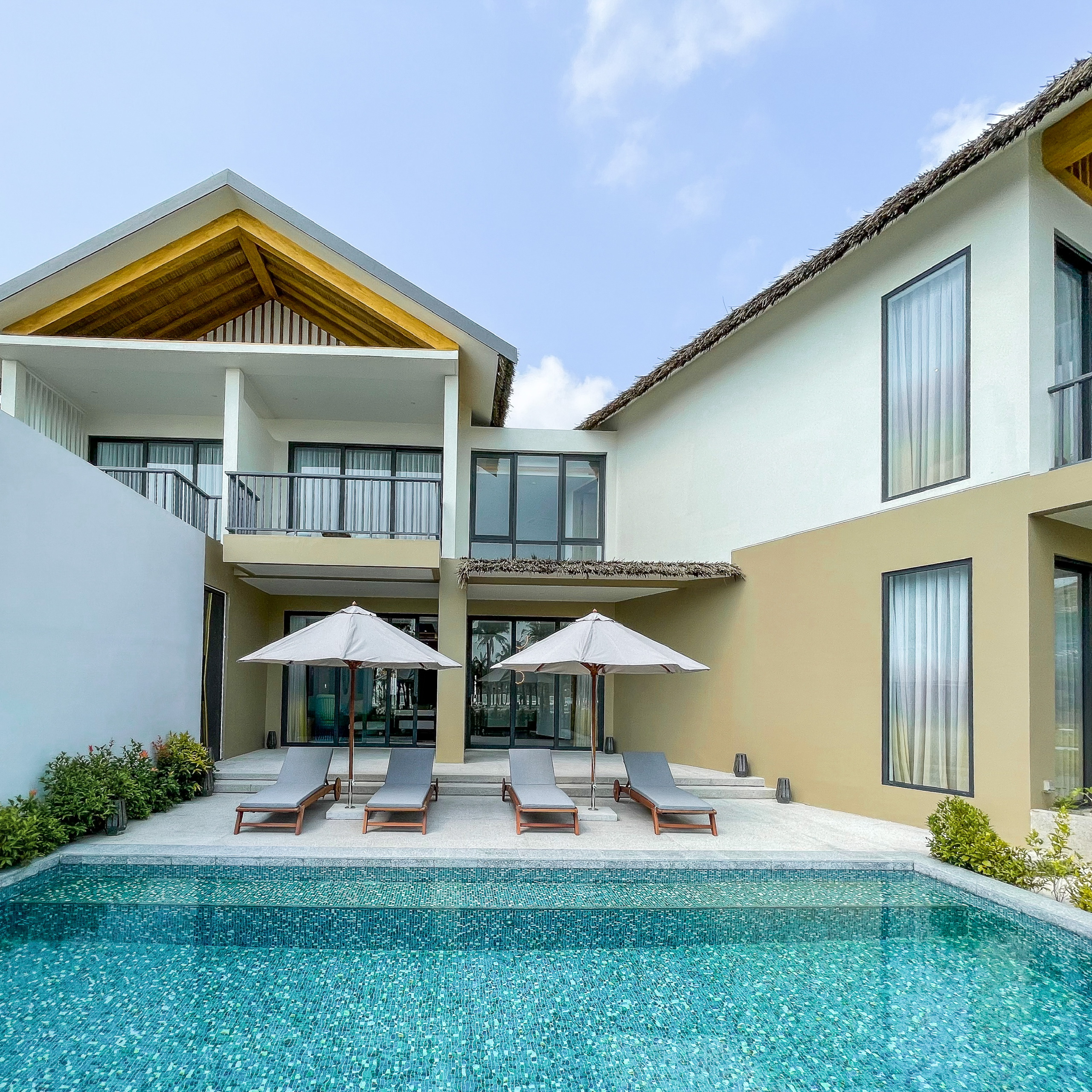
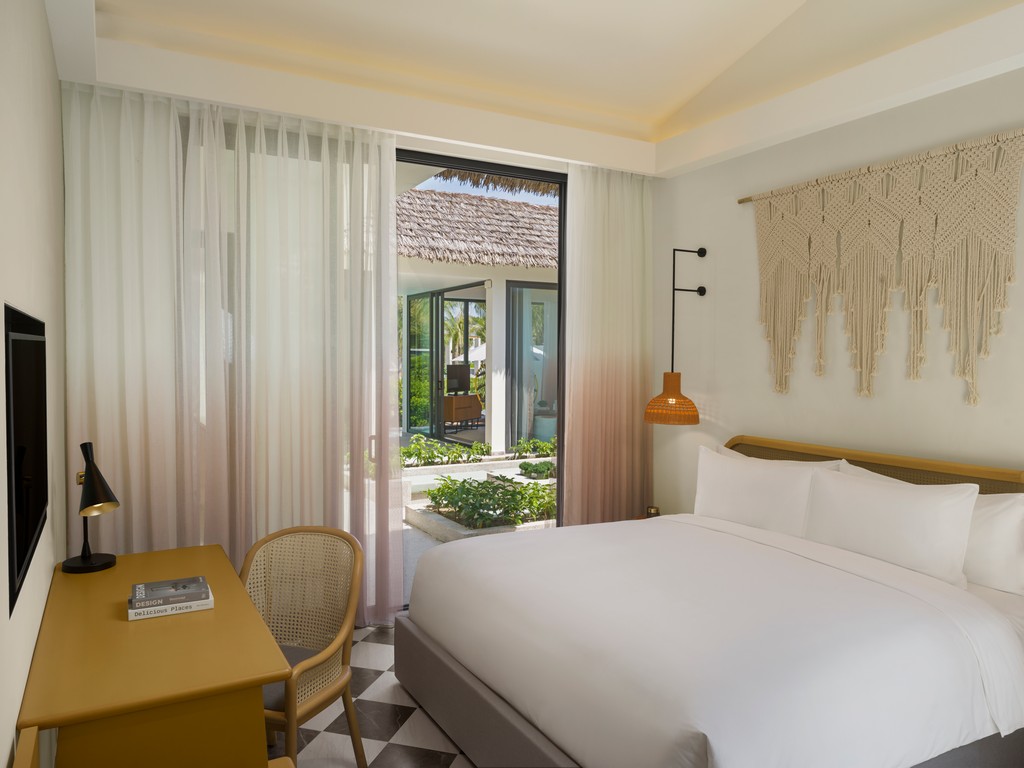
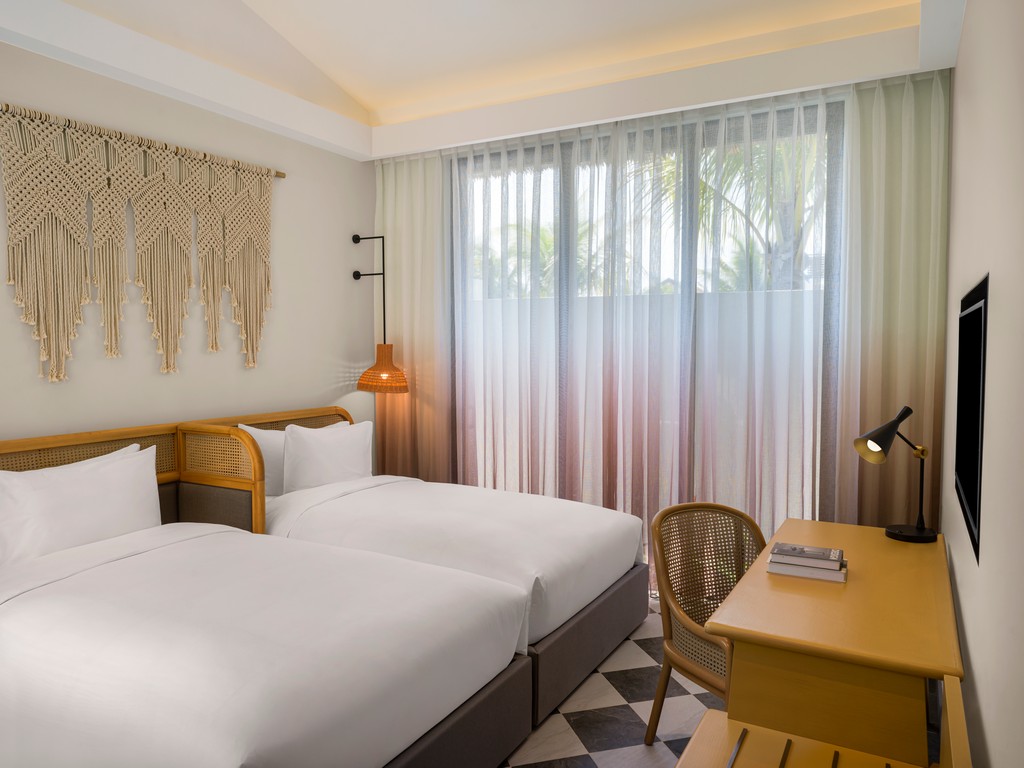
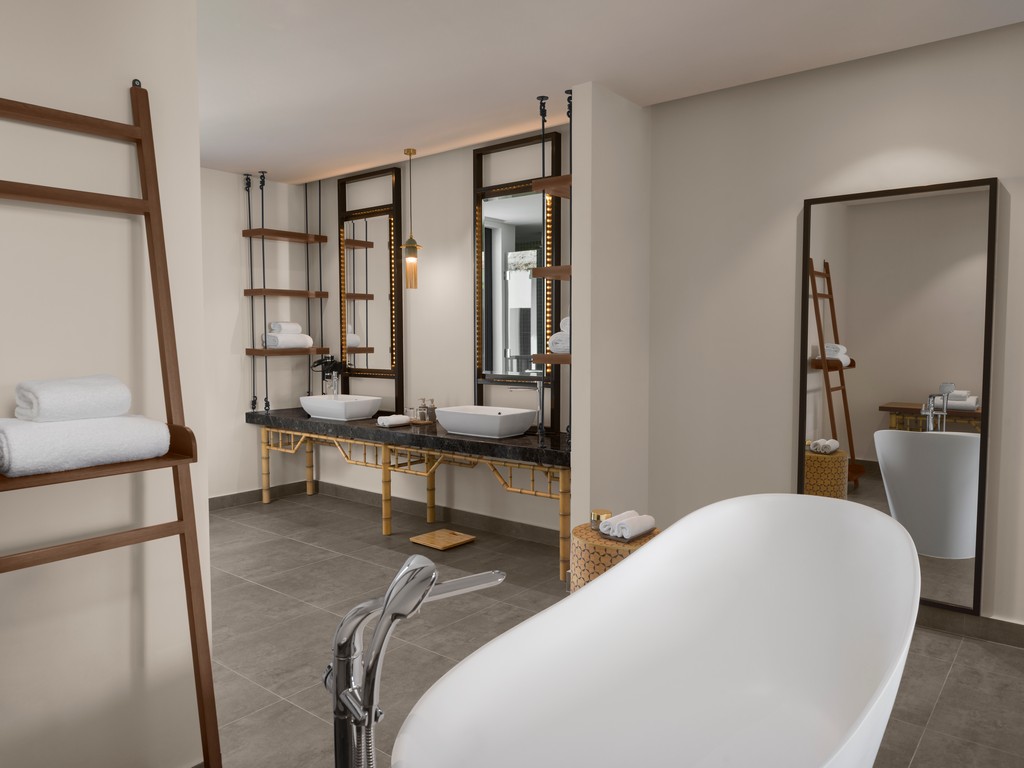
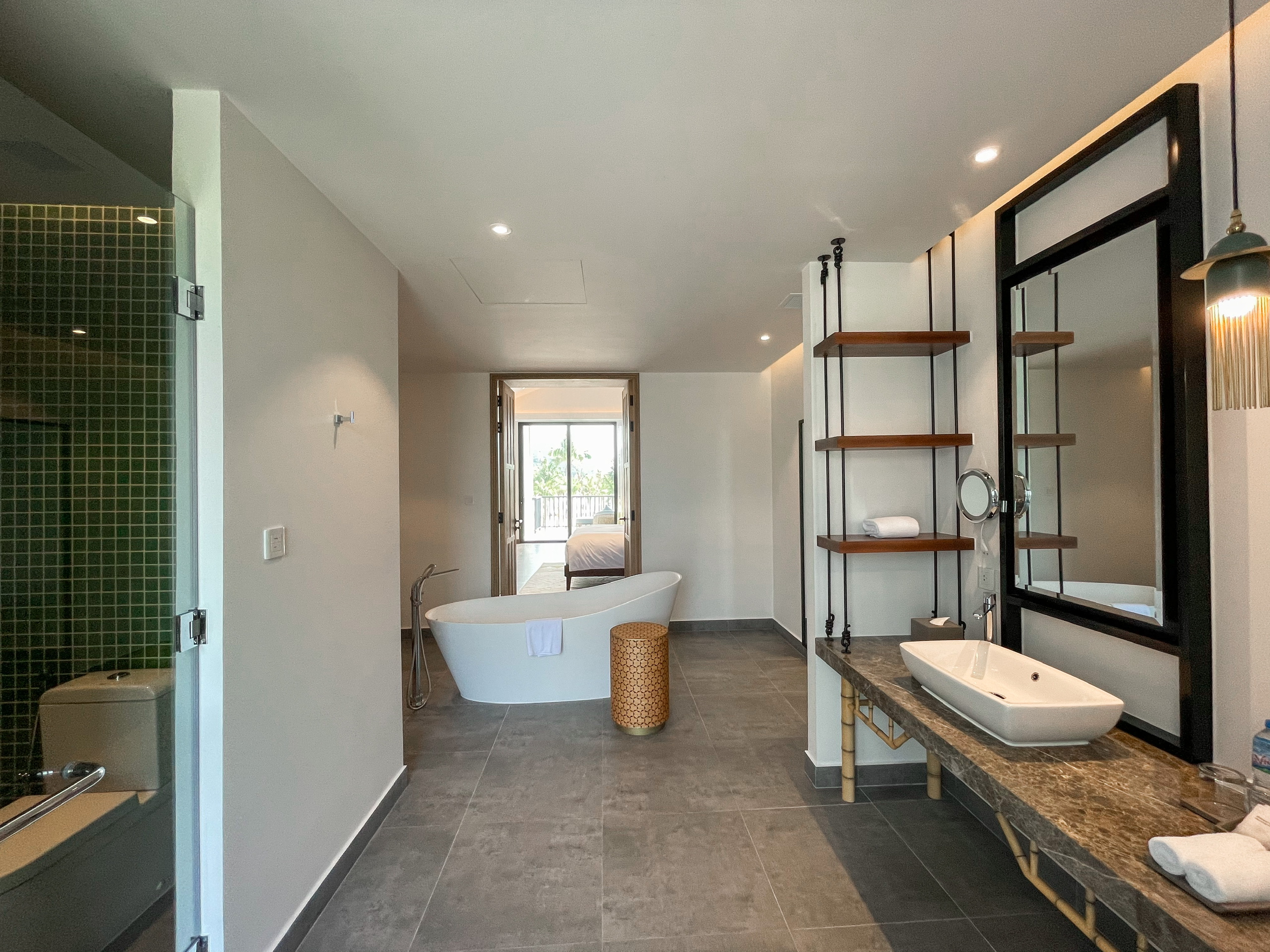
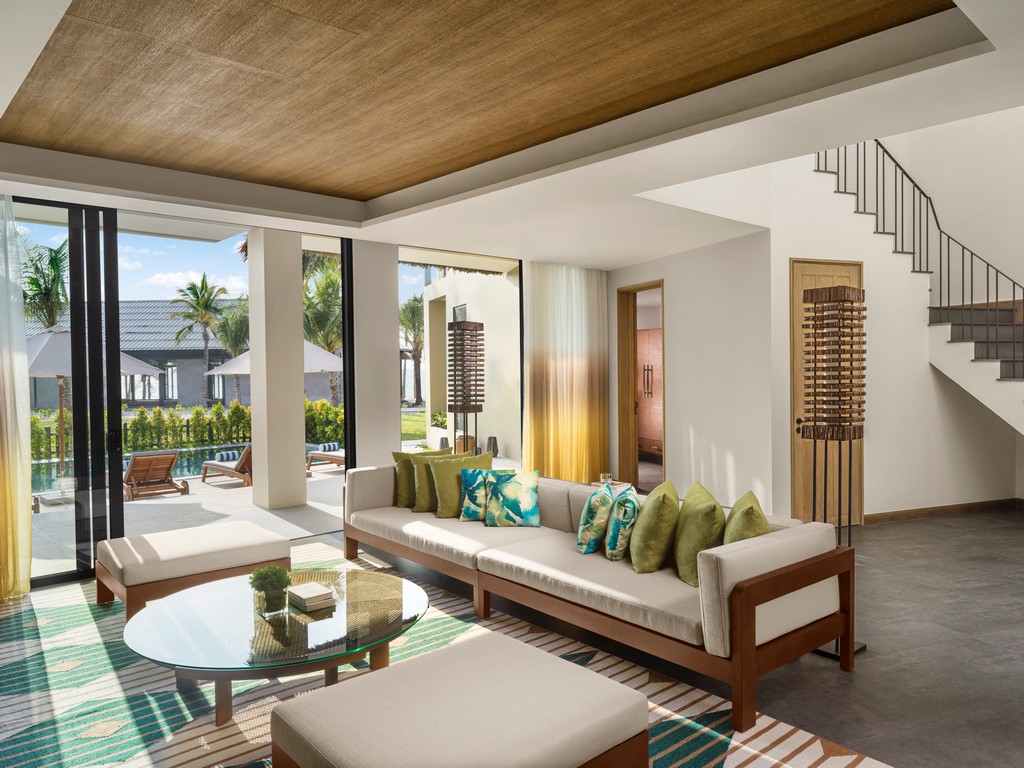
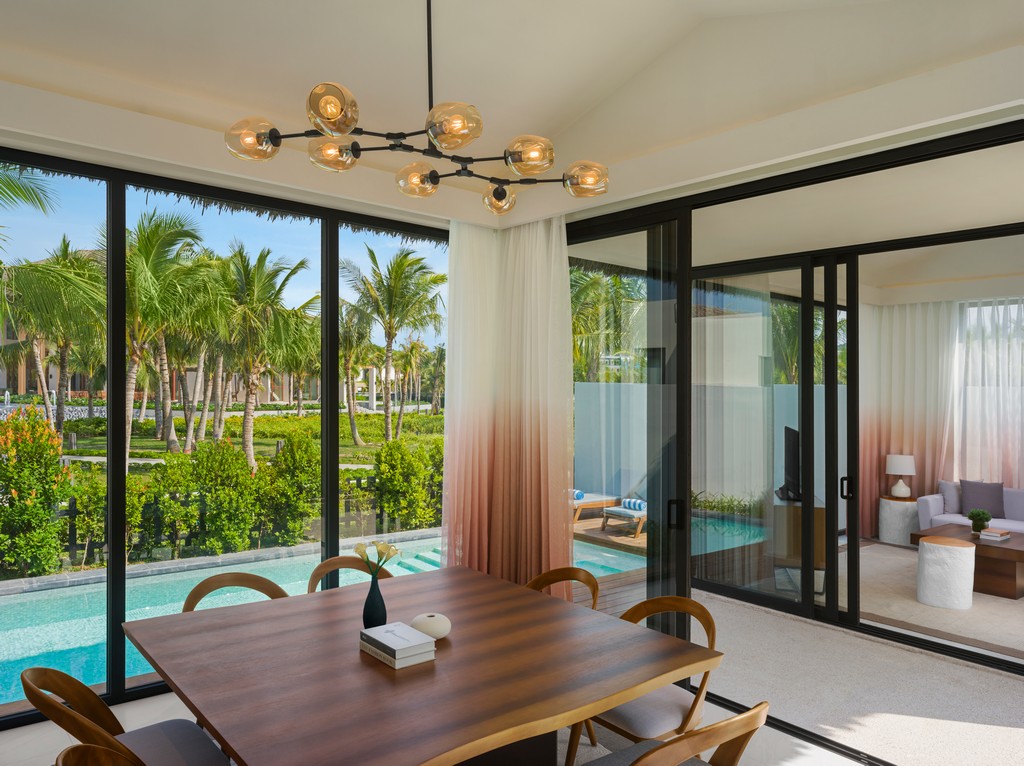

Day : 28/02/2025 - 01/03/2025
Room name : Beachfront Pool Villa 01-Bedroom
Kind of room : Room with one King bed or two single beds
Total amount : Contact
Discount % member 63Stravel Vip
Final price to pay : Contact
Room amenities
 Air conditioner
Air conditioner
 Towel
Towel
 Phone
Phone
 No smoking
No smoking
 Free toiletries
Free toiletries
 Slipper
Slipper
 Free wifi
Free wifi
 Bathrobe
Bathrobe
 Shower head
Shower head
 Free mineral water
Free mineral water
 Hairdryer
Hairdryer
Room description : - Maximum capacity of room 4 - Standard number of guests 2 - Allowing 1 additional adult and 2 children to accommodate a maximum of 4 guests may incur an additional fee
Check-in time : From 14:00
Check-out time : Before 12:00
( Discount % member 63Stravel Vip )
 Parking
Parking
 Receptionist
Receptionist
 Alarm
Alarm
 Selling tours
Selling tours
 Special help
Special help
 Keep your luggage
Keep your luggage
 Free internet
Free internet
 Daily cleaning
Daily cleaning
 Steam laundry
Steam laundry
 Laundry Service
Laundry Service
 Dinner
Dinner
 Lunch
Lunch
 Breakfast
Breakfast
 BBQ party
BBQ party
 Restaurant
Restaurant
 Alcohol
Alcohol
 Meeting
Meeting
 No smoking
No smoking
 Air conditioner
Air conditioner
 Garden
Garden
 Balcony
Balcony
 Pool
Pool
( Discount % member 63Stravel Vip )
( Discount % member 63Stravel Vip )
